
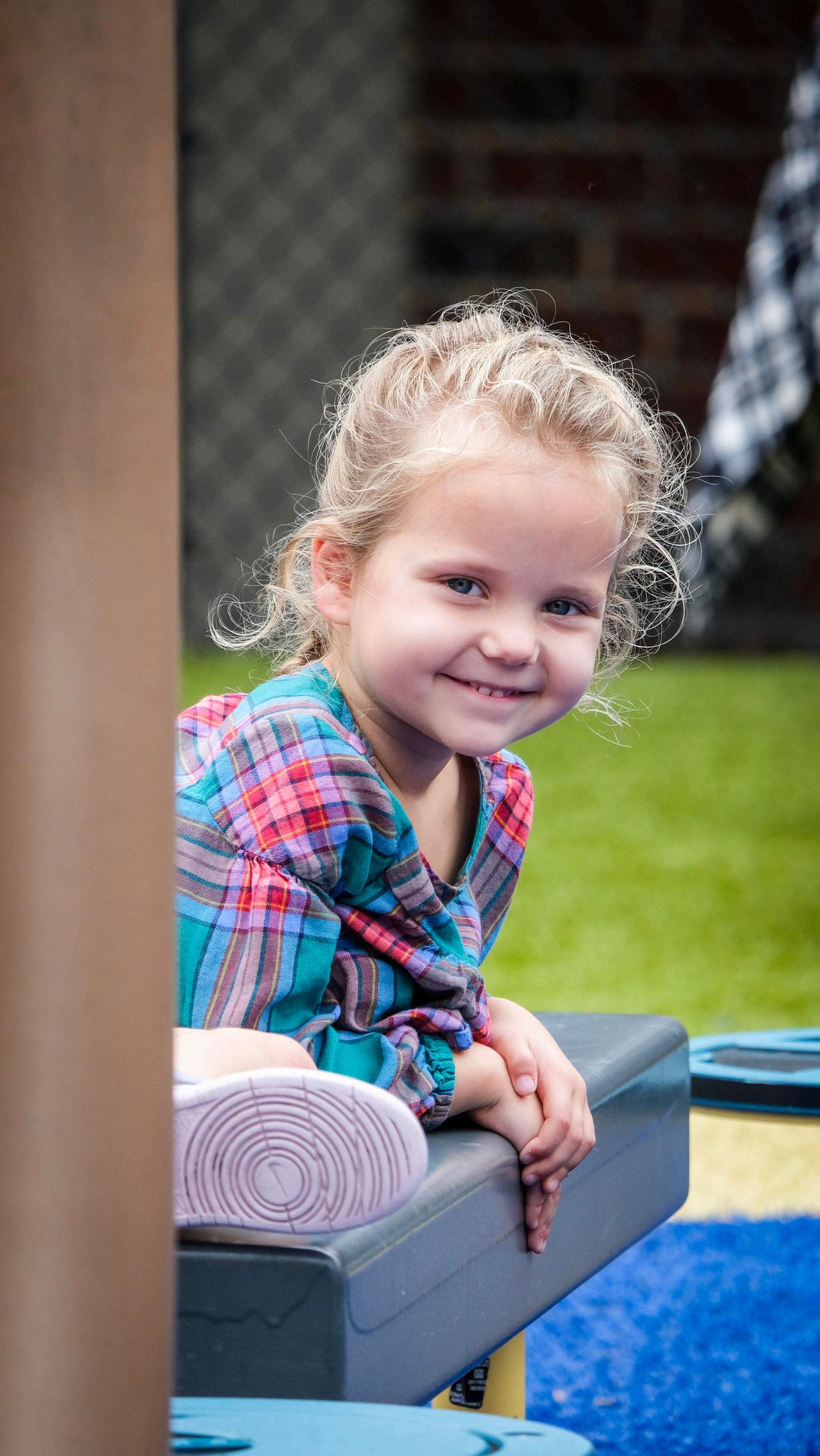



1 3 5 1 5 1 7 2 3 2 7 3 1 3 5
Letter from the Head of Lower School
Teaching Children to Pray
One Thousand Miles of Fine Motor Fun
Walks & Talks
Letters & Sounds
Building Independence and Confidence
Playing with Numbers in the Kitchen and Beyond
Teaching Children to Improve Focus
Other Tips
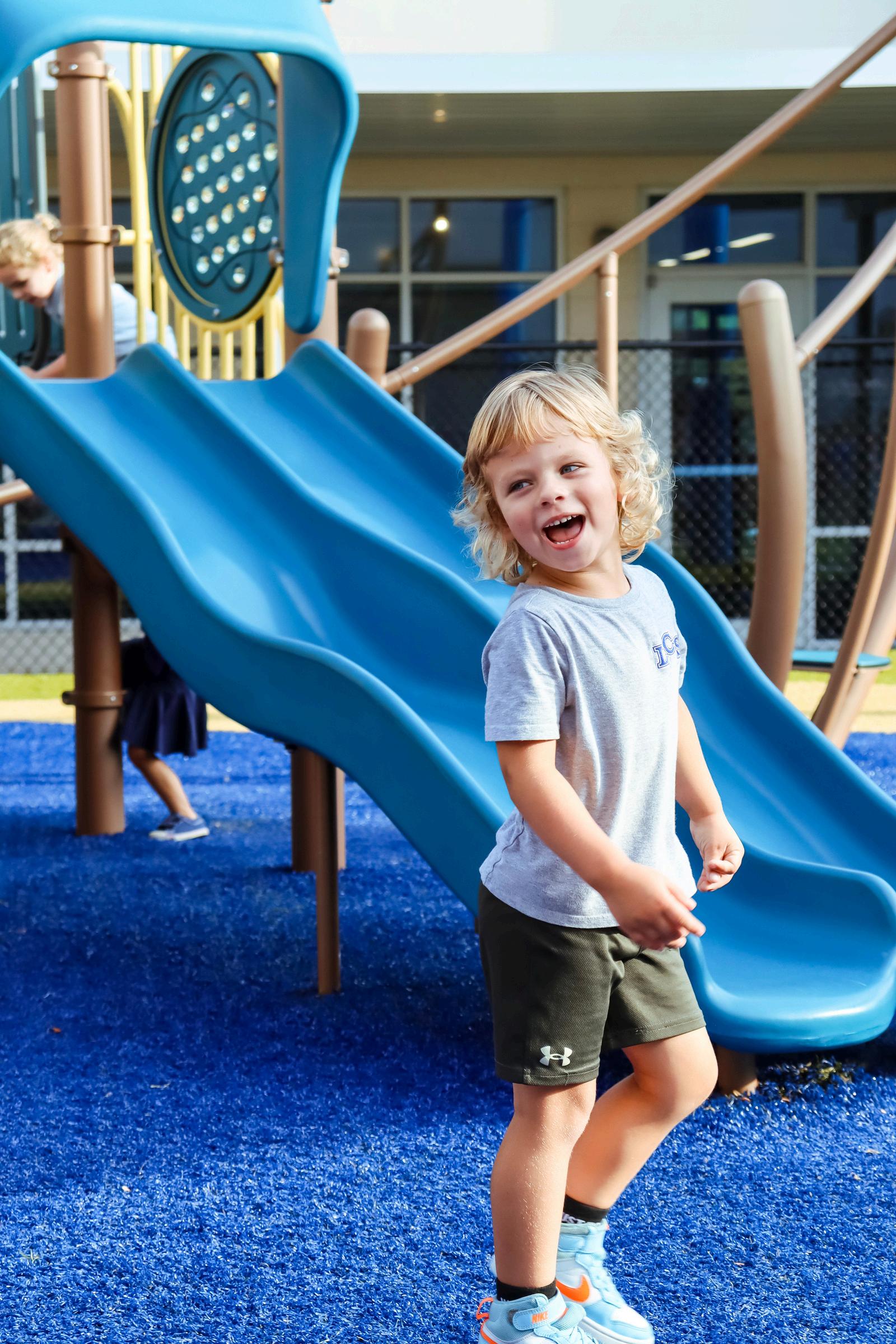
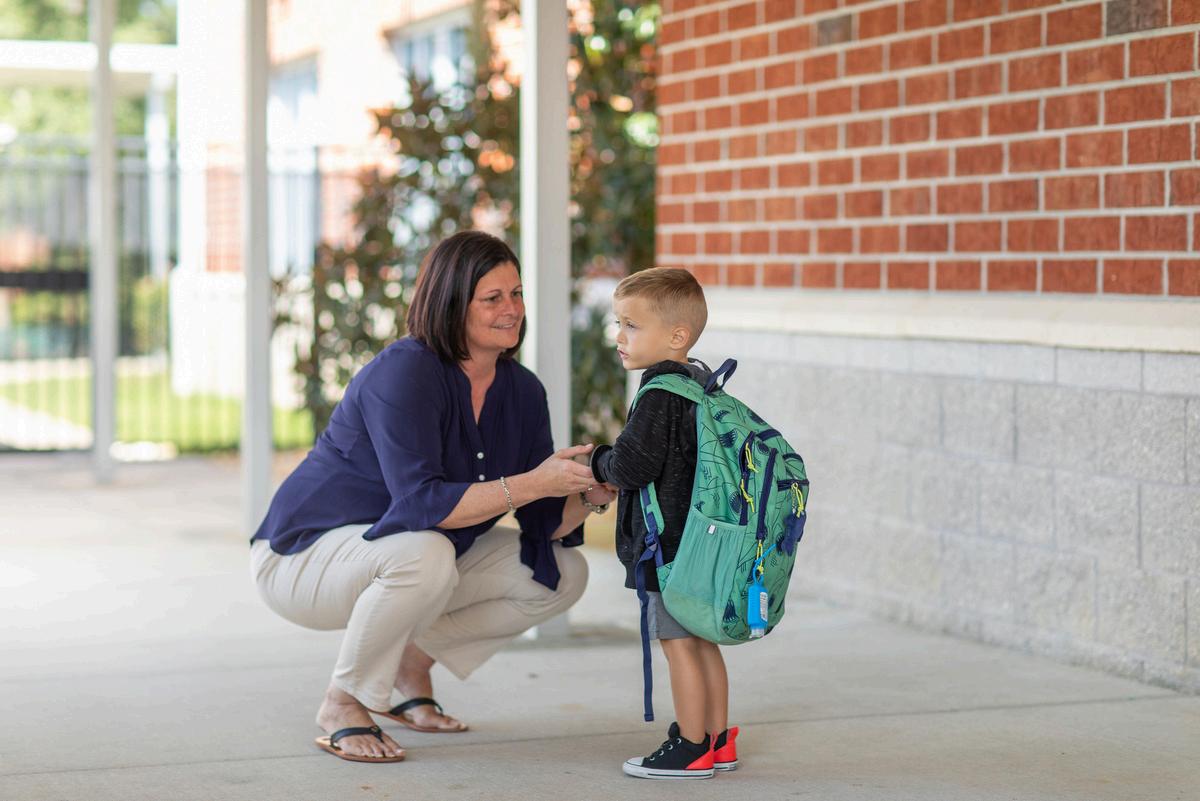
DearParent,
AtLCS,ourbiggesthopeandprayerforyourchild isthatheorshewouldknowandloveJesusand walkwithHim Inthespiritofhelpingyourchild glorifyGodwithhis/herstrengthsandabilities,we alsomakegoalsforacademicandsocialgrowth anddevelopment. Wehavebeenamazedto witnesshowGodintricatelydesignedeachchild andhowHecreatedspecificreflexesthatmust bedevelopedtoreachandsurpassthenext importantmilestone
Wehavefoundthatchildrenstrengthenskillsanddevelopastrongeducational foundationthroughplay Researchshowsusthatchildrenwithstrongfoundationalskillsof attentionandfinemotoralongwiththeabilitytoplayinadevelopmentallyappropriate mannerleadtostrongeracademicperformanceandaremorelikelytohandleeventswell sociallyandemotionally.Wehaveincludedspecificwaystoimprovefocus,finemotor, andencouragevariousopportunitiesofplayforchildren.
Investingintentionaltimenowwillprepareyourchildrenfortheroadaheadandallow themtoenjoytheirexperienceatLakelandChristianSchoolevenmore.Theearlierthatwe canidentifyanyareathatneedsattention,thesoonerwecancreateaplanforyourchild tobeontheirwaytogainingconfidenceanddevelopingalltheLordhasgiventhem
Ihopethatyoufindthisresourceusefulasweworktogethertoprepareyourchildfortheir educationaljourneyatLCS.Wearethankfulfortheopportunitytomonitoryourchild’s growthovertheyearsandpraywithandforyouandyourchildthattheywillbecomethe youngmanorwomantheLordwantsthemtobe.Asparents,weareservantsofacalling wearepowerlesstoaccomplish!WeneedHishelpinallwedo!
Ilookforwardtospendingmoretimewithbothyouandyourchild.Pleasefeelfreeto contactmewithanyquestions ServingHim,
LuciO’Byrne,Ph.D.
HeadofLowerSchool |lobyrne@lcsonline.org
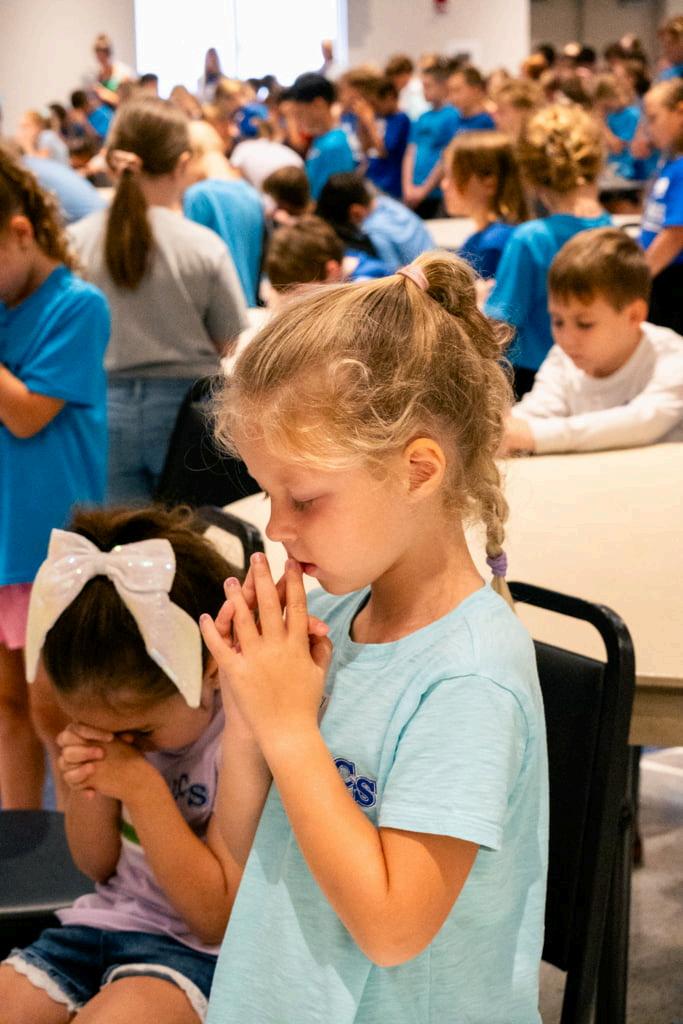
As your child grows, we pray they understand the importance of building a relationship withGod.WepraythattheHolySpiritguidestheirlifeandthatbiblicaltruthshapestheir understanding.Praywithandforyourchildreneveryday.
John16:13:“WhentheSpiritoftruthcomes,Hewillguideyouintoallthetruth.” PrayfortheHolySpirittobeactiveinyourchild’slifeandforthemtoapplybiblicaltruths todailylife.
1Thessalonians5:17:“Praywithoutceasing.” Make prayer a daily habit begin when they’re in the womb and continue throughout theirlife.
Children learn by example. When they’re young, pray during nap time. As they grow, let themseeyoustudyGod’sWord I’llneverforget watching my grandfather read his Bible every morning itleftalastingimpressiononme.
Prayer is about confessing and seeking forgiveness Talk to your child about their day and struggles. Share how God used tough timesforgood,andpointthemtoChrist.When youpraytogether,yourchildwillbemorelikely toprayontheirown.
Objectives:
LearnWhatPrayerIs
LearnWhyWePray
LearnHowToPray
LearnWhatWeCanPrayAbout
LearnGod’sResponseToPrayer
Starting prayer early helps your childdevelopalifelonghabit.They’ll carry this into adulthood and teach their own children, creating a generationallegacyoffaith.
Scan the QR code for other great resources to teach your children howtopray.
TheFiveFingerPrayer|TeachingKidsToPray PrayThroughouttheDay Pray together at mealtimes, in the car,orbeforeschool.Takemoments to thank God for His goodness Just stop and pray—anytime, anywhere. Ask, “How do we need God’s help today?”shareandpray.
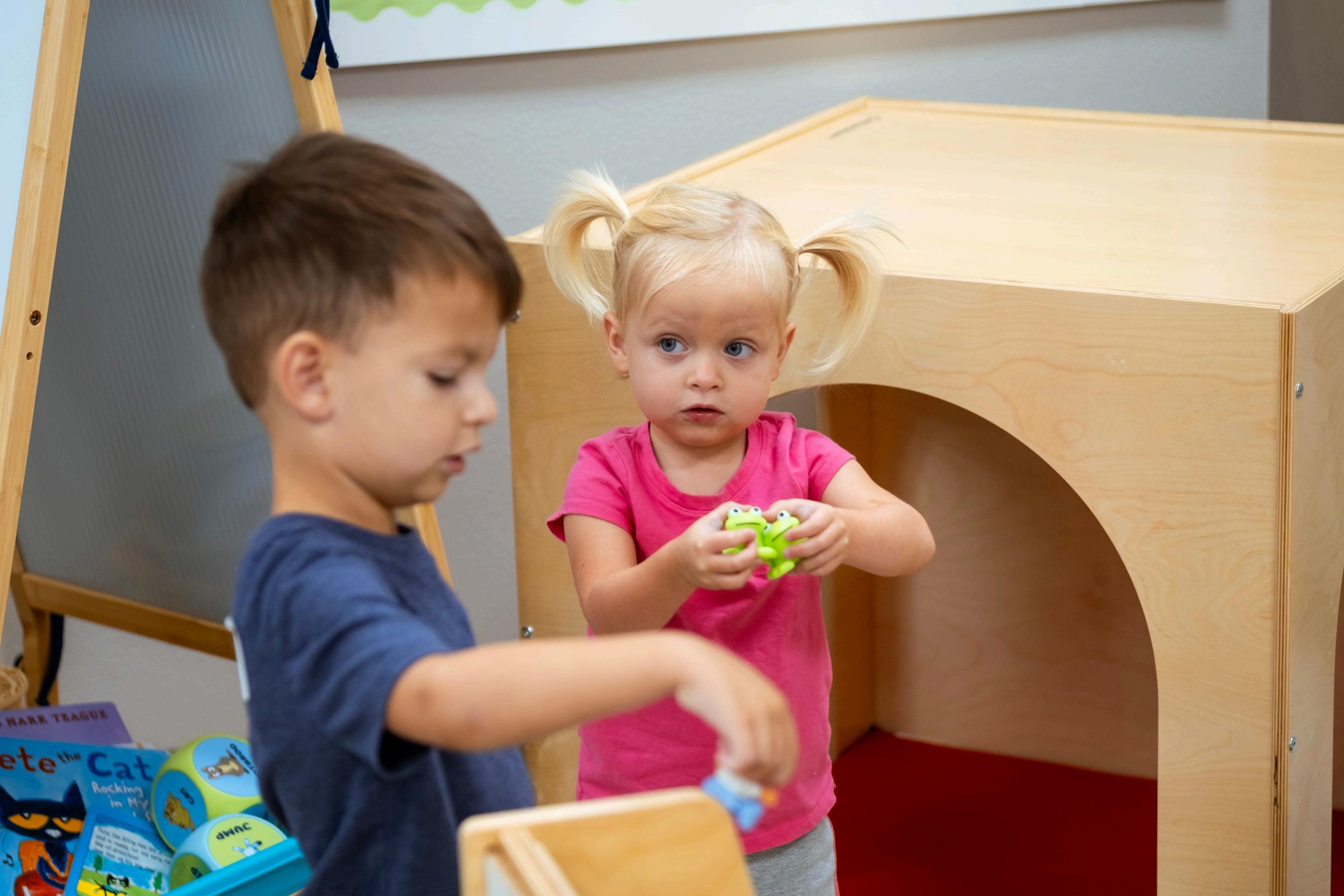
Assoonasyourinfantcangraspafingeror object,theybegintodeveloptheirfinemotor skills.Whenachildopensandclosestheirhand, thecenteroftheirpalmautomatically“pinches” ortightenswhichsignalsanddevelopspartof theirbrainthathelpstodevelopvarious Kindergartenreadinessskills Finemotorskills playanimportantroleincognitiveand languagedevelopmentleadingtostronger readingskills.
FineMotorSkillsBeforeKindergarten
Parents,areyoureadyforthis?Thefinishlinefor thefinemotorraceis1,000miles.Ideally,your childwillreachthe1,000milemarkoffinemotor funbeforeKindergarten.So,each“pinch"that occursintheirpalmequatestooneinch.A pinchisaninch!Ifachildscribblesbackand forth,backandforthoverandoveragain,each “inchlong”swipeofacrayonorwritingtoolof choiceequalsaninch;butremember,wewant togetto1,000MILES….yikes…so,thatmeanswe needtogetbusyonthisassoonasyourchild canpickupitemsor“fingerpaint”whichis usuallywhenyourchildcansitinahighchair
Iknowitseemsjustabout impossible,butwiththeLord allowingustoincorporatesomuch fun,childrentypicallyhaveablast withfinemotorfun.Ifachildisnot engaginginfinemotoractivities, theycouldbetryingtotellyouthatit hurtsorisdifficult.Yourchildmay needanoccupationaltherapy(OT) screening:Ifthetherapist determinesaneedforOT,itis importanttobeginitassoonas possible;ensureyourchildattends consistentlyuntilthegoalsaremet. Earlyinterventioniskey.
Alotoffinemotordevelopment happensoutsideaswell,collecting acorns,twigs,pebbles,and discoveringtheirworld.Creative playwithbuildingandexploring incorporatesfinemotorskills.You willlearnmorepracticestohelp yourchilddeveloptheirfinemotor skillsintherestofthischapter.
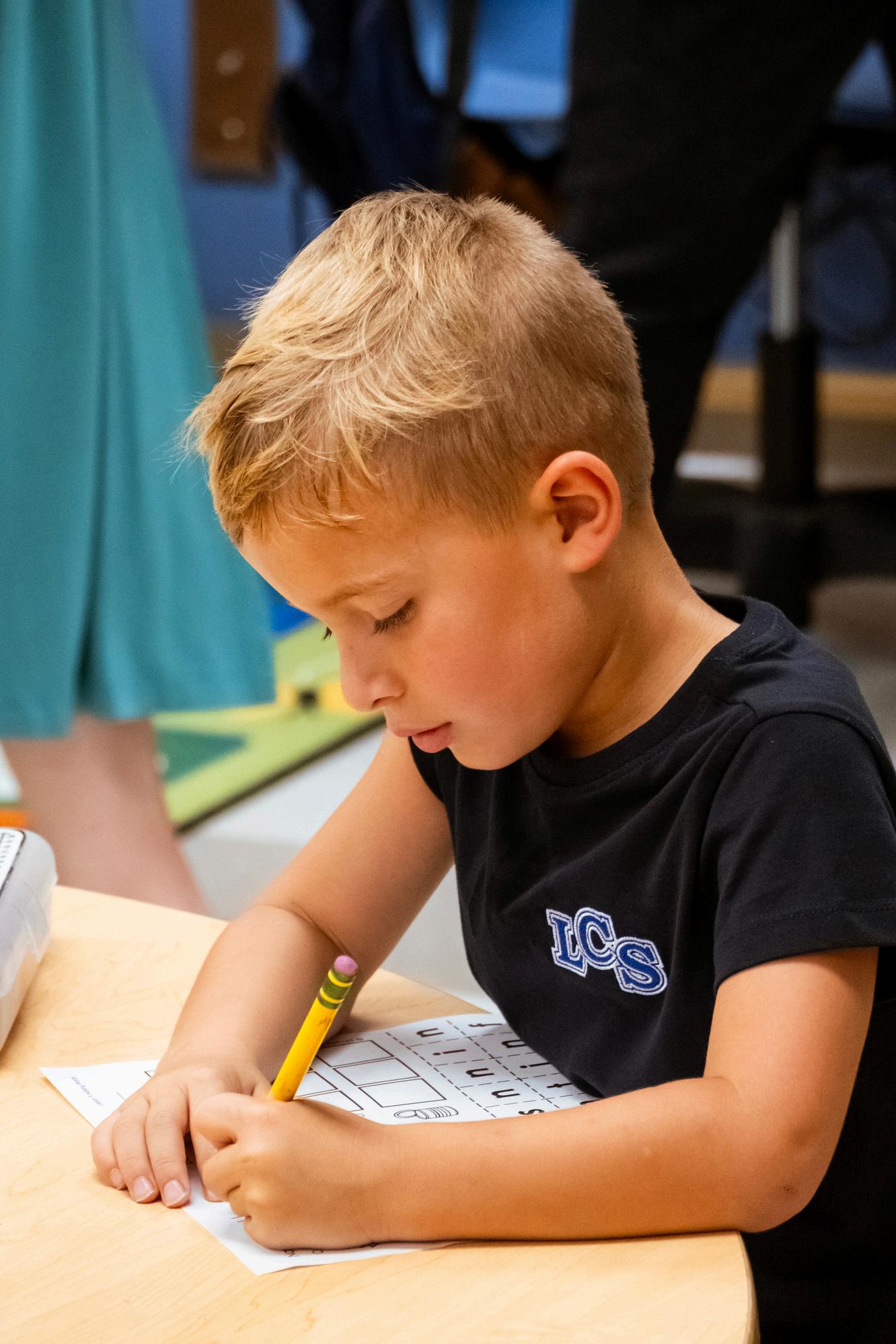

WhatMakesItEasier?
Bigpiecesofpaper
Bigcrayons,brushes,markers Largertoolsensurechildrenusetherightmusclesas wellashandandfingerpositionfortheactivity,andarelesslikelytoadaptincorrect graspstocontrolthetool.
Usethickoutlines
GoodPencilGrip
Correctandrequireaccurategripeachtimeyour childpicksupapencil.
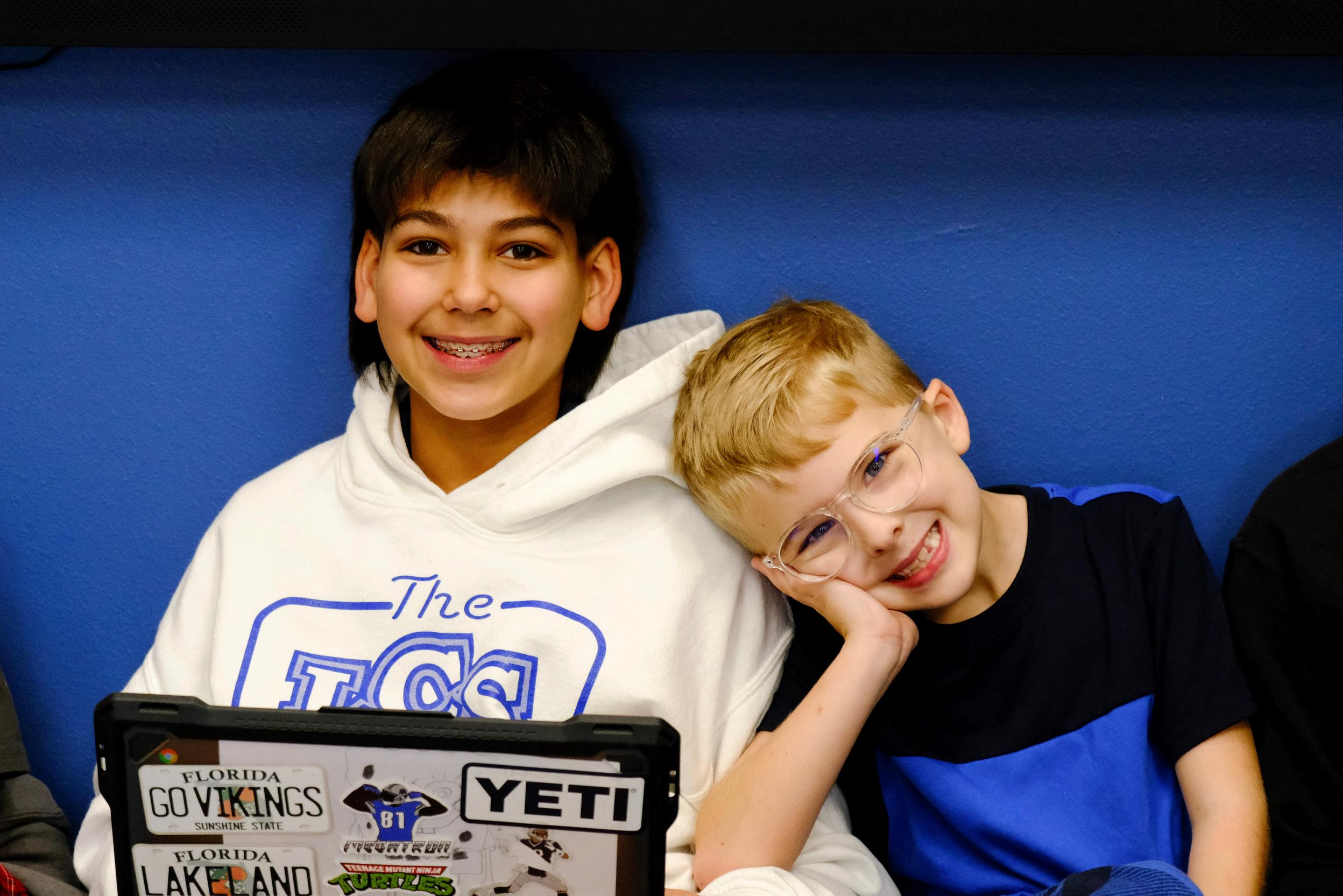
Waysyoucanhelpyourchilddevelopfine motorskills.
SnackTime-ProvidesnackslikeCheerios thatencouragethepincergrasp(using thumbandfinger).
FingerPainting-Letyourchildfingerpaint withpuddingorbabyfoodintheirhigh chairforafun,hands-onactivity.
Drawing&Writing-Haveyourchilddraw picturesforyourshoppinglist Youwriteth wordsfirst,thenletthemtry.
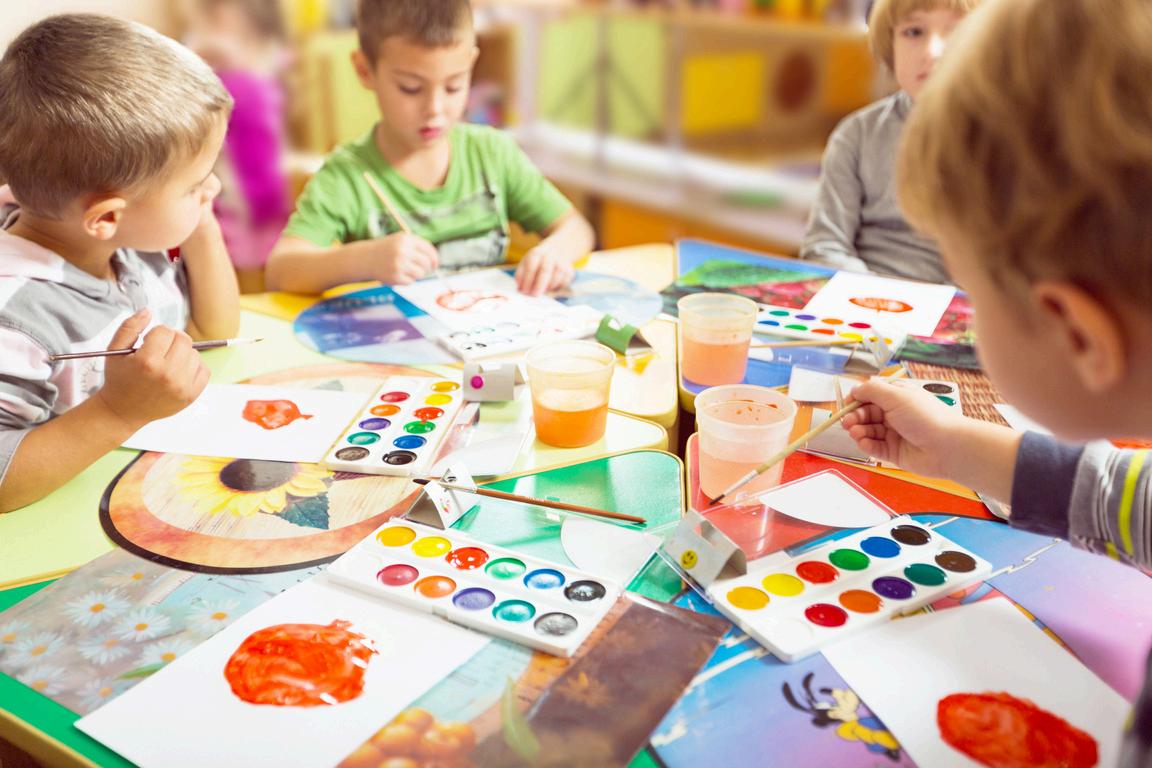
LetterGames-Putlettersonadie,rollit, andhaveyourchildthinkofawordstarting withthatletter.
Tearing&Gluing-Tearpaperortissueinto smallpiecesandhaveyourchildgluethem topaperorafilefolder.
StickerFun-Allowyourchildtopeeland stickstickerstocreatepatternsorscenes.
ScissorPractice-Letyourchilduseageappropriatescissorswithsupervision Start withshort,narrowstripsofpaperfor“snip, snip,snip”practice.
HolePunching-Encourageyourchildto useaholepunchertocreateshapeslike starsordinosaurs.It’safunwaytobuild strengthandcontrol
BeachPlay-Visitthebeach diginthe sand,buildsandcastles,andsearchfor seashellstodevelophandstrength.
Chores-Foldingclothes,towels,unloading silverwareinthedishwasher,settingthe table,pickinguptoysandfeedingpetsall helpyourchilddevelopinmultipleways
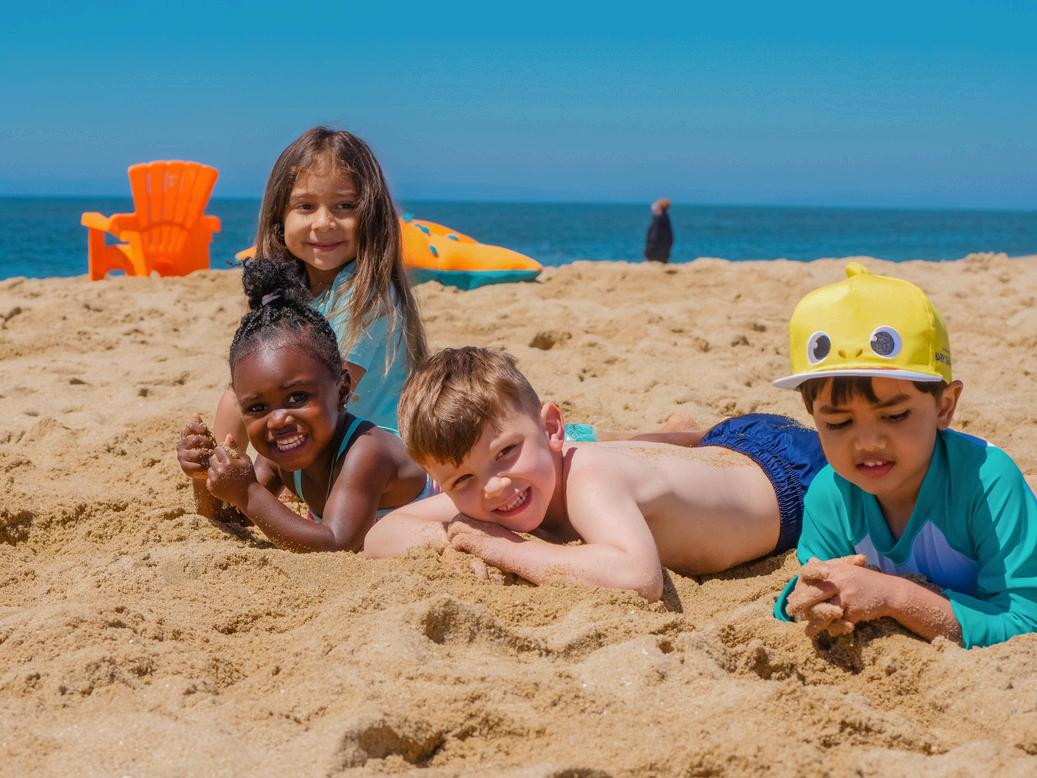

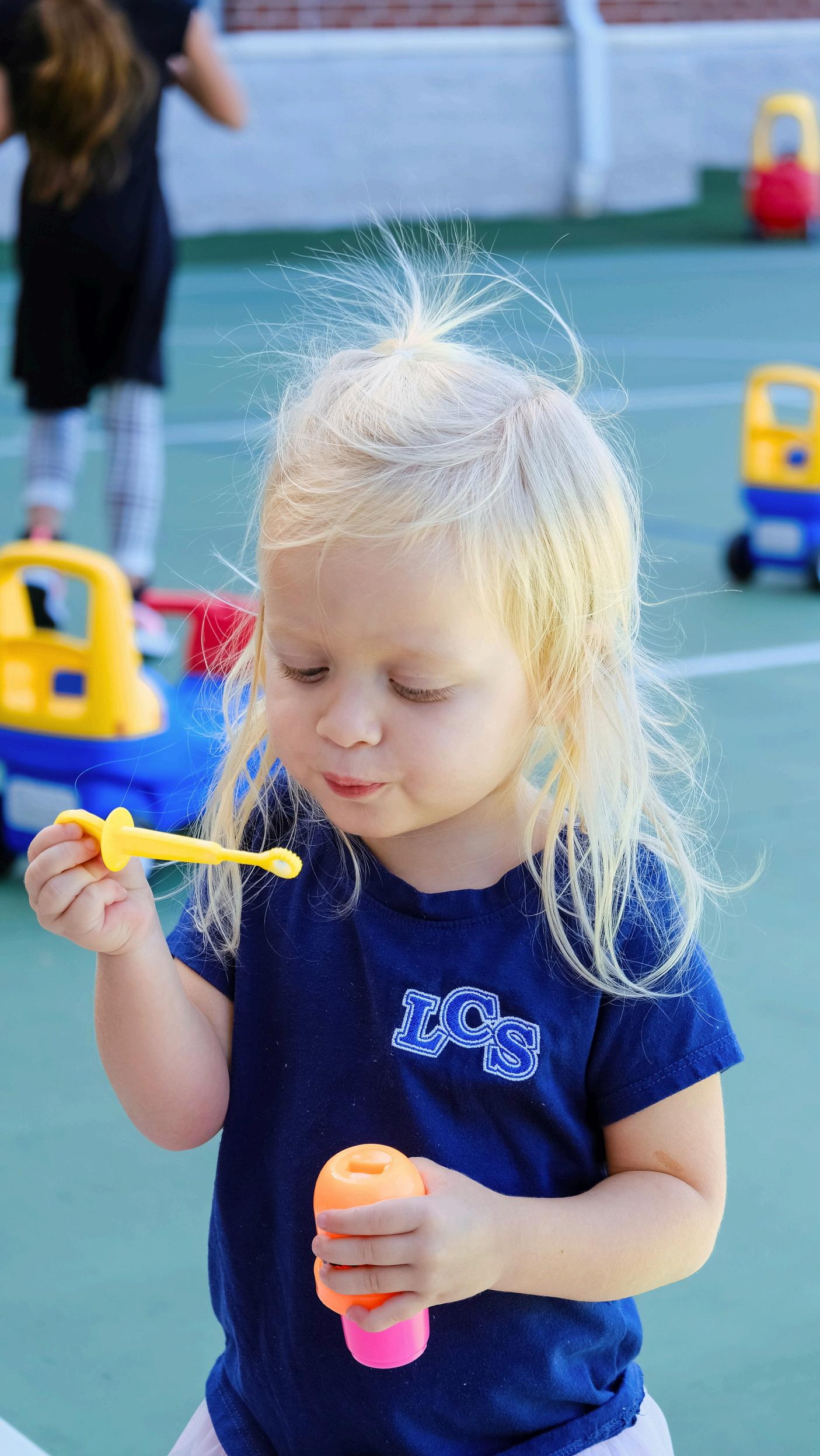
Set up a child-sized table and chair, along with easy-to-access drawers for your child’s art supplies. This area encourages creativity and independent cleanup. If you have youngerchildren,youmightneedtofindwaystokeepthemoutoftheareaorcreatea systemwheretheycanjoininlater
Involve your child in choosing items for the art center. Recycled materials like egg cartons, paper towel rolls, or pint-sized cartons make great supplies. I remember taking ourdaughter,Taylor,toTargettopickouttwistablecoloredpencils,stickers,pompoms, pipecleaners,andyarn simplethingsthatsparkcreativity
IncludeeverydayitemslikeQ-tips,popsiclesticks,tape,markers,watercolorpaints,play dough, and string. Let your child get involved in setting up and adding to the space. Taylorwouldsitforhours,creatingartandbuildingfinemotorskills.
Boys might prefer messier activities like paint pens or using Q-tips to dip into paint The key is finding activities that keep them interested in coloring and writing, all while buildingthoseessentialskills.
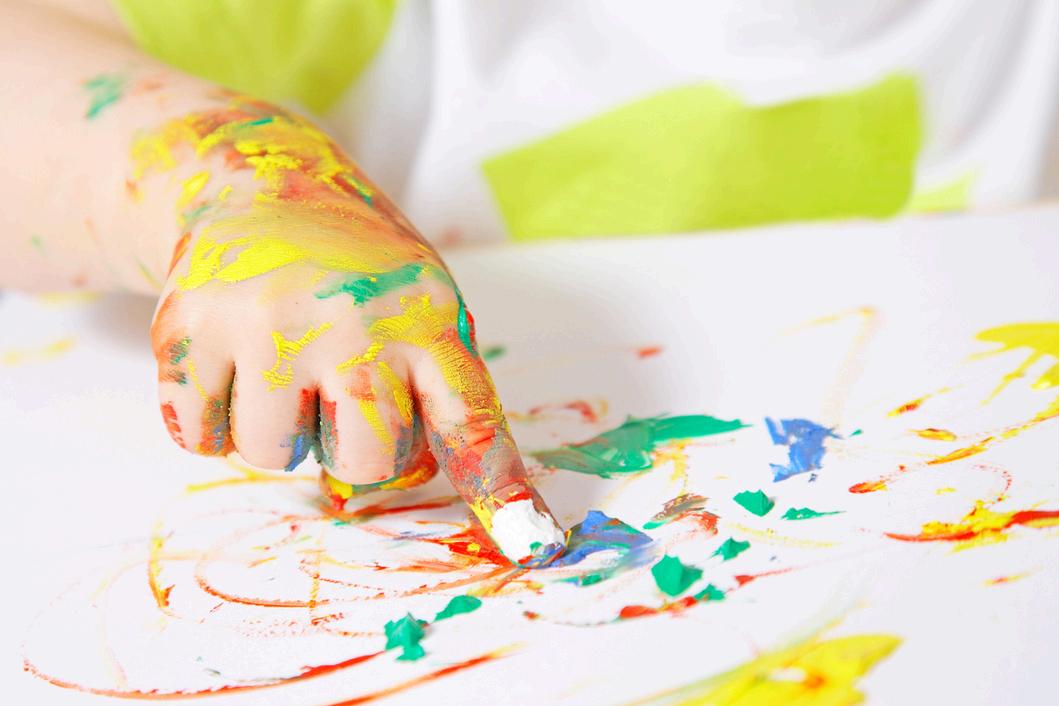

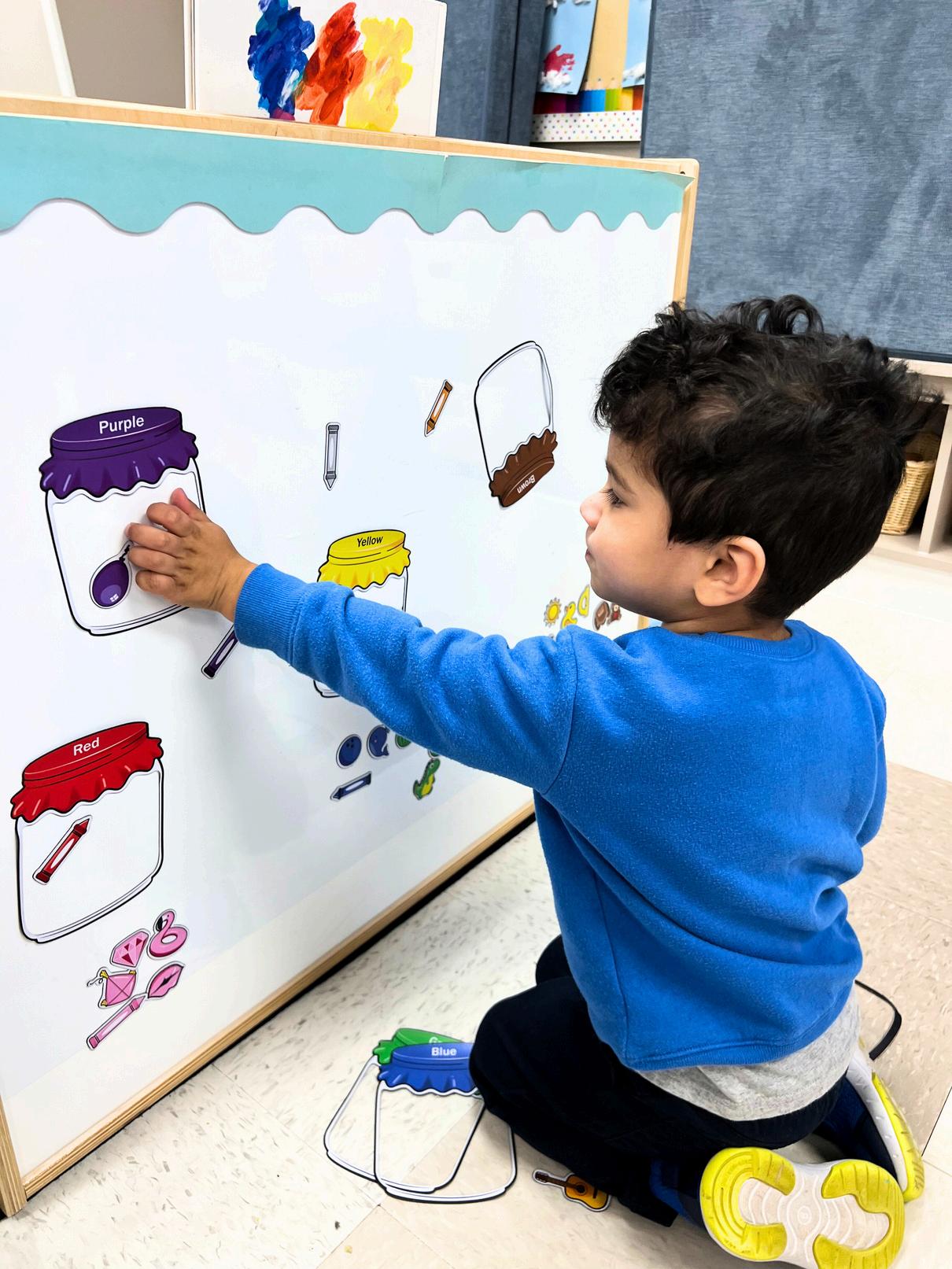
OtherFunActivitiestoBuildFineMotorSkills
FingerPainting
WritingorDrawinginShavingCreamorWhippedCream
PaintbyNumber
Mazes&Dot-to-DotActivities
Tracing
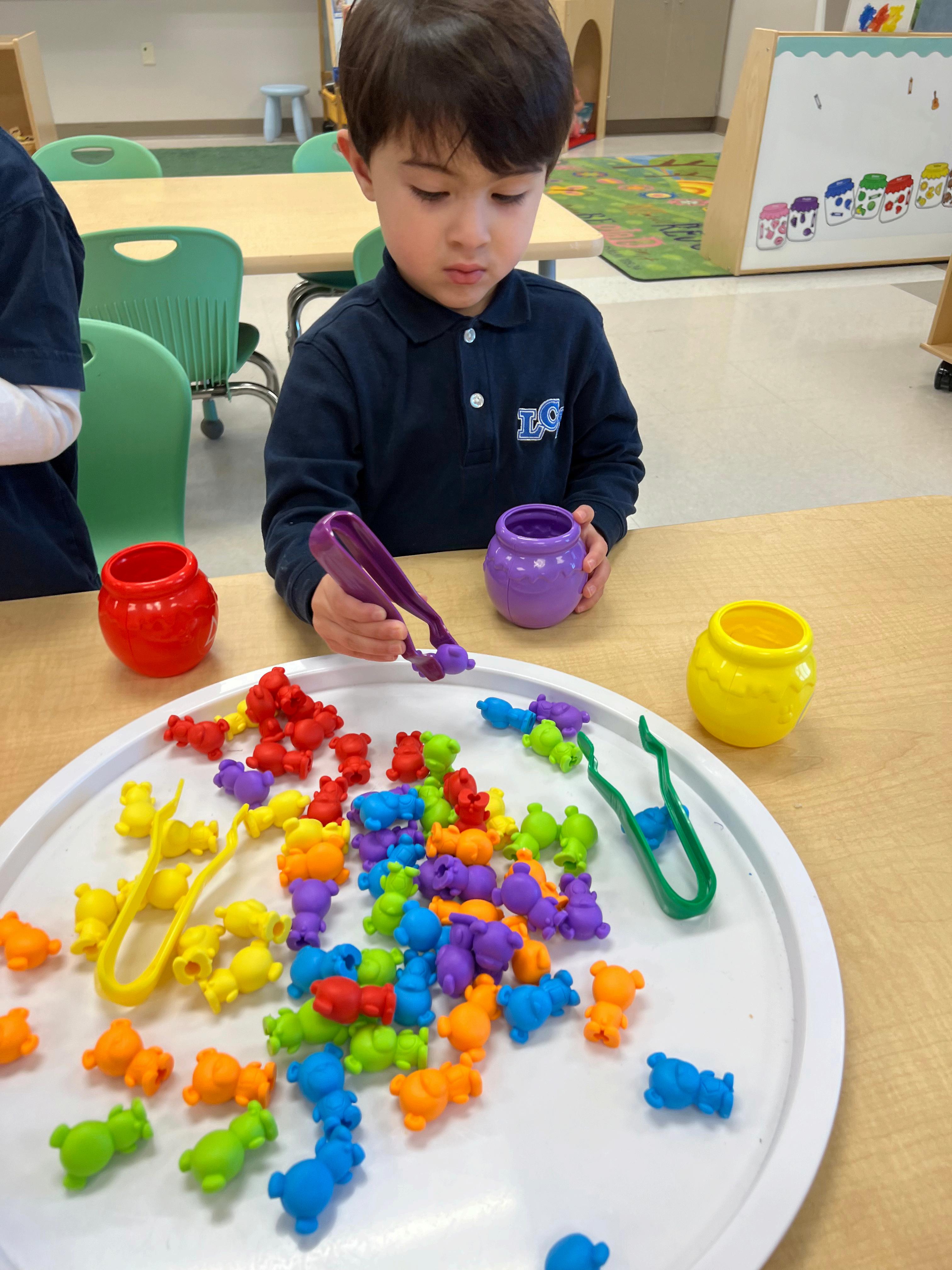
CuttingOutItems
UsingTongstoPickUpObjects
WaterPaintingontheWall(usingwaterto"paint"lettersandshapes)
CreatingCollageswithFamilyandFriendPictures
CuttingOutWordsorPicturesfromMagazines
ClippingClothespinstoaContainer
MakingCookieLetters
WritingwithTubesofIcing
StickerFun!
These activities are not only fun, but help your child develop fine motor skills while encouragingcreativity!

Timeflies,andbeforeyouknowit,yourlittleone will be an adult! Make time for “Walks and Talks”withyourchild youwon’tregretit.When they’re young, take them in a stroller and let themobservetheworldaroundthemwhileyou talk.Pausetodiscussnatureandaskquestions that encourage thinking. Invite them to touch, smell, comment, and observe. If they ask something you don’t know, look it up together whenyougethome
These walks are key to building a strong relationshipandformingafoundationforopen communication as your child grows. Make it a regular part of your routine aim for at least onceaweek
When you’re on the move with your child in a stroller whether in your neighborhood, at the mall, or elsewhere take time to interact with them instead of handing them a device I always say that when I retire, I’d love to pull a wagon full of books through stores and hand them out to kids, tossing the phones and devicesaside.
Engage with your child during daily activities meals, playtime, reading, and even in the car. Use complete sentences and introduce new vocabulary to help develop both receptive and expressive language skills. Some parents even place the infant carrier or swing nearby while doing chores, allowing them to talk totheirchildastheywork
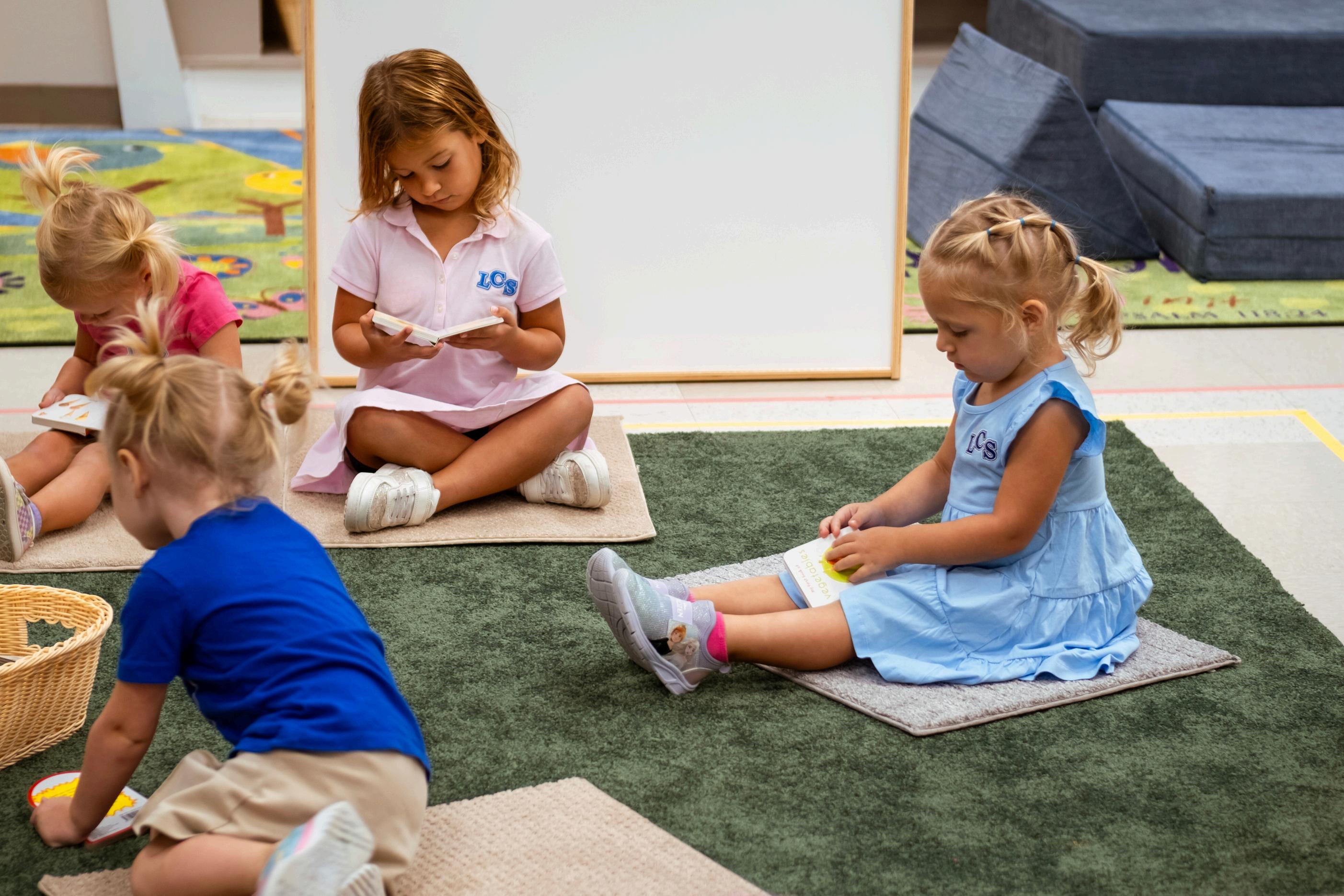
Young children love to engage in activities, especially when we use the words “play” or “game.”Youcantrythisathomebysaying,
“(YourChild’sName),let’splaythiscool game!”
It could be the Letter Game, Word Game, Sounds Game, Spelling Game, Focus Game, CleanUpGame,orColoringGame Ifyourchild resists, they might not be interested at that moment. Simply let them know when you plan to play together and then encourage independentplayafterward.
Children need to learn how to entertain themselves. While it’s important to spend time together reading, playing outside, or engaging in pretend play, they also benefit from time spentplayingindependently lookingatbooks, coloring, or using toys Parents who encourage independent play help boost their child's creativityandconfidence.
If your child avoids an activity, it might be because it's difficult not becausethey’relazyoruninterested Many parents mistake this, especially if their child has been highlyexposedtoscreens.Ifaboard game or activity doesn’t hold their attention,don’tworry.Withpatience, practice,andtime,they’llgrowmore engaged Screen time negatively impactsattentionspan.
We recommend purchasing a set of soft magnetic letters in two colors (red and blue, or any two contrasting colors) to help teach letter recognition and sounds. Red can represent vowels, and blue can represent consonants. These letters aregreatforchildrenaged2-7
The QR Code is linked to a great option!

Start by teaching letters that have person meaning to your child. For example, if yo child’s name is Sam, begin with the letter Then,moveontoletterslike"M"formom,"D" dad, or other familiar names, pets, places, favoritefoods.Forinstance,"G"canbeforgu "J" for Jesus or jump, and "U" for up (pointi upwardsastheylearnthesound).
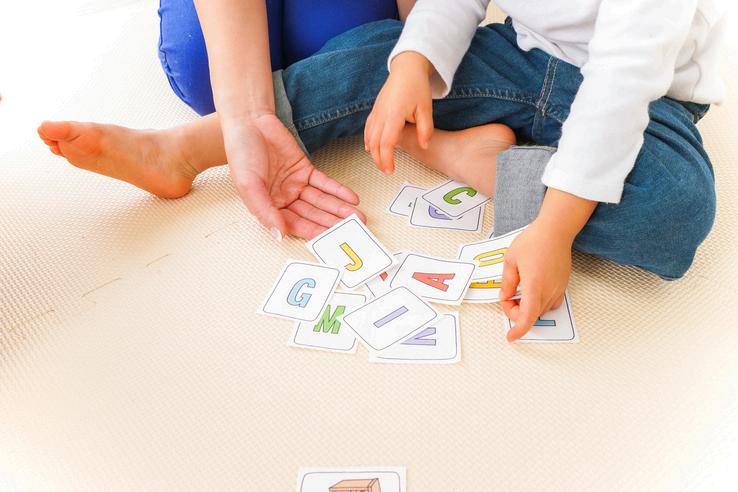
Place a few magnetic letters in a ziplock bag and take them with you in the car. You can let your child place them on a small cookie she and talk about each letter. Start w uppercase letters, one or two at a time, a gradually add more as they master each on Reviewregularlytoreinforcetheirlearning.
Asyourchildbecomesfamiliarwithupperca letters, you can begin introducing lowerca letters Thiswillhappennaturallyifyou'vebe consistentlyreadingwiththem
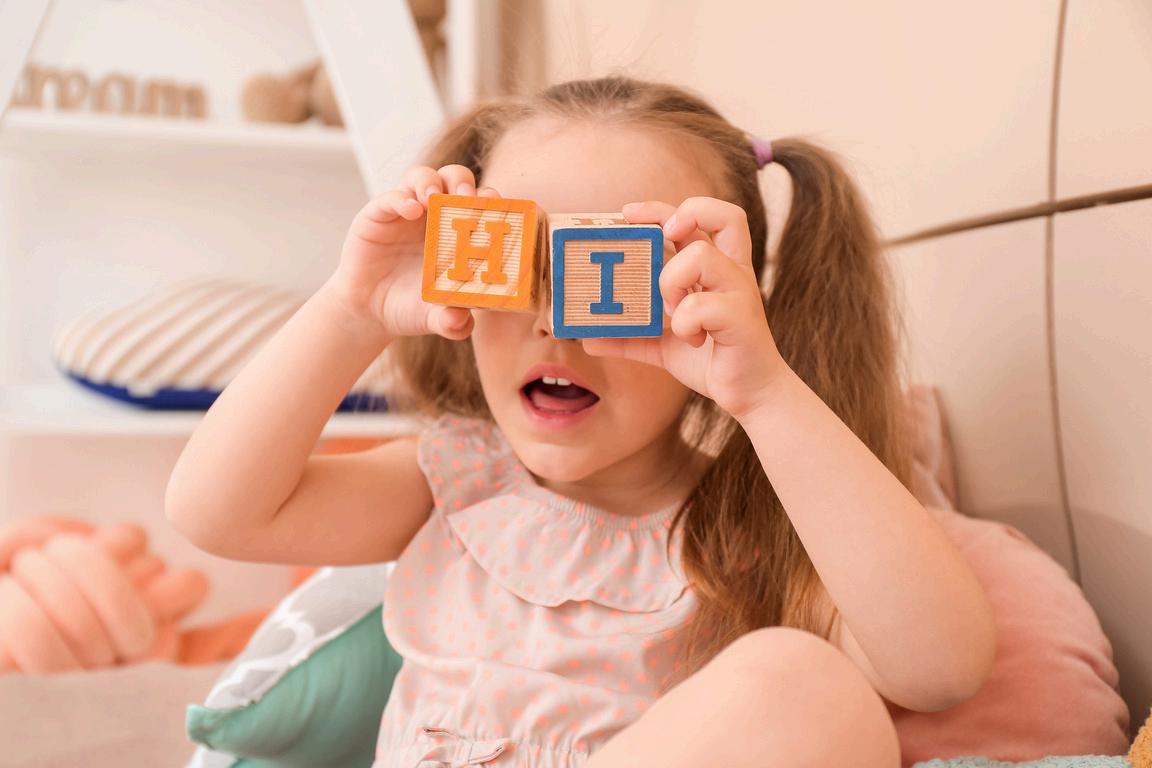
Encourageyourchildtosingthesillysongsand phrases that the K4 teachers use in class. These are often included in their weekly communication and will help reinforce letter soundsinafunandengagingway.
Check the QR code for additional resources or activities to support yourchild’sletterlearning!
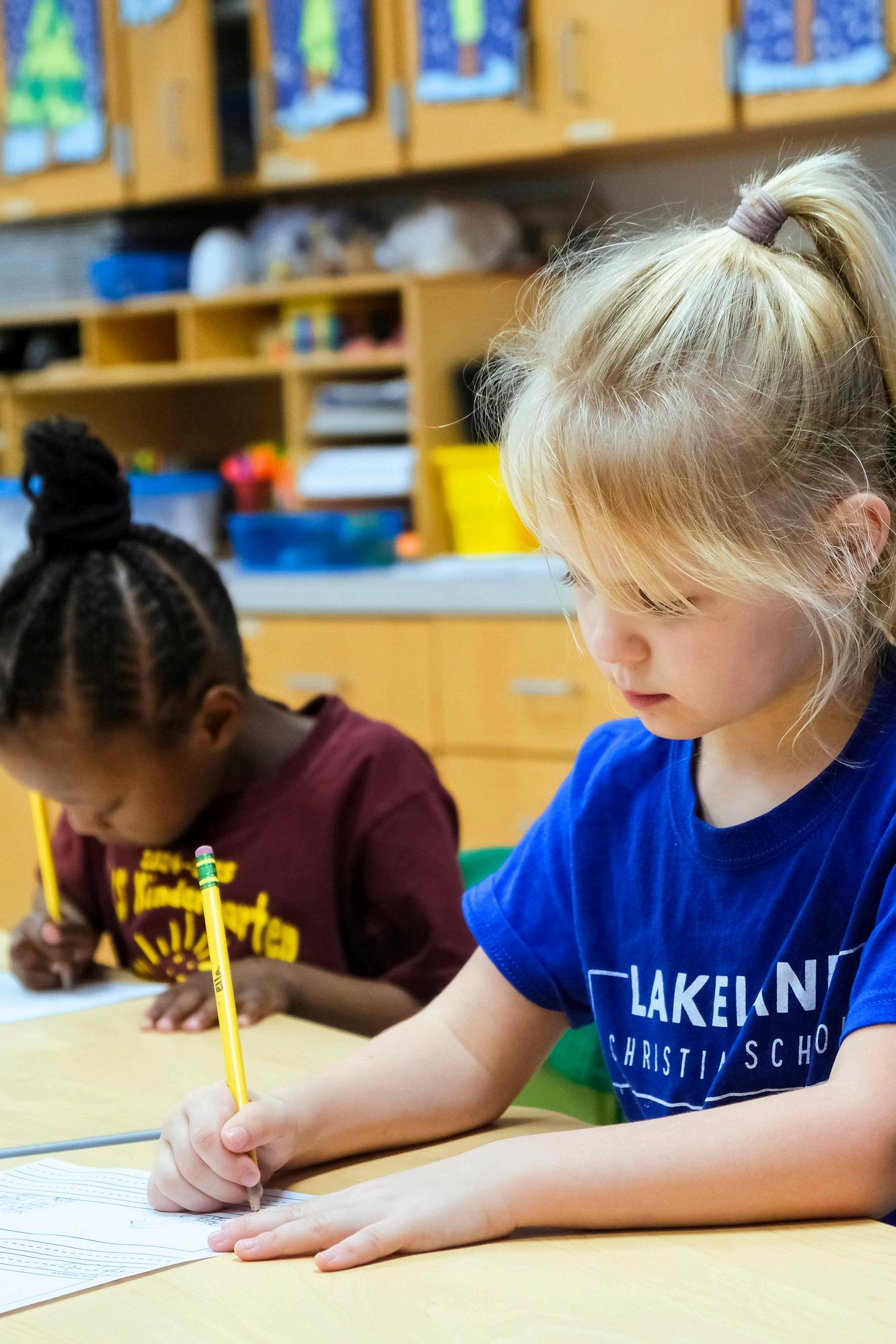
Car rides are a great opportunity to play games and practice letter recognition! Start with letters you know your child can identify (uppercaseisusuallyeasier)andworkthrough thealphabet Thismighttakeseveralcarrides, but that's okay—you can always pick up where you left off. See if your child can recognize letters on signs or even understand the meanings of red, yellow, and green traffic lights Thisiscalledenvironmentalprint,andit’s a great way to practice letter recognition in reallife.
As soon as your child can hold items, buy soft books for them to explore They may start by turning pages or looking at a few pictures (maybe even of themselves in their first photo album!). Around 18 months, children are typically able to hold and turn pages in board books. Keep a basket of books near their car seat or somewhere they can easily reach Rotate them so your child has a variety to choosefrom.
Encourage your child to "read" to you, even if theyjustlookatthepicturesandmakeuptheir ownstoryorreciteamemorizedone.Celebrate their"reading"skills it’sabigmilestoneasthey grow
Use the car ride to engage your child in conversation or let them sing along to songs they hear on the radio Worship songs are great for teaching rhythm, rhyming, and letter/sound recognition. Don’t rely on screens or phones in the car. Children need practice sitting still, listening, and waiting their turn to speak
Afunrhymethatcanhelpyourchild learn is “Top to bottom, left to right, that’sthewaywereadandwrite!”

Childrenneedreassurancethatweallface challengesandthatit’sokaytostruggle.Teach themthatevenadultsfacedifficulties,butwith help,hardwork,perseverance,andprayer,we canovercomethem.Prayingasafamily modelsrelianceonGodandbringspeace.As Proverbs22:6says,“Trainupachildintheway heshouldgo;evenwhenheisoldhewillnot departfromit.”
Modelresiliencebytalkingthroughfrustrations nearyourchild.Forexample,ifyoumissashot inagame,say,“It’sokay,I’lltryagain.Ineed morepractice.”Thishelpschildrenunderstand setbacksandthattheycanovercomethem Dr MikeSlighsaid,“Preparethechildfortheroad, nottheroadforthechild.”Startteachingthis mindsetearly childrenneedtoknowthat mistakesarepartoftheprocess,likerebuilding afallenblocktower.
BuildingConfidenceandCharacter
Celebrateyourchild’ssuccesses withpraise,andteachthemthatlife isn’talwaysaboutwinningorbeing first Theymustlearntoobeywitha joyfulheartandloveotherswell.This iscalleda“growthmindset.”
Say,“Wow!Thisisaproblem,but you’reaproblemsolver.HowcanI bepartofthehelpfulsolutionyou comeupwith?”
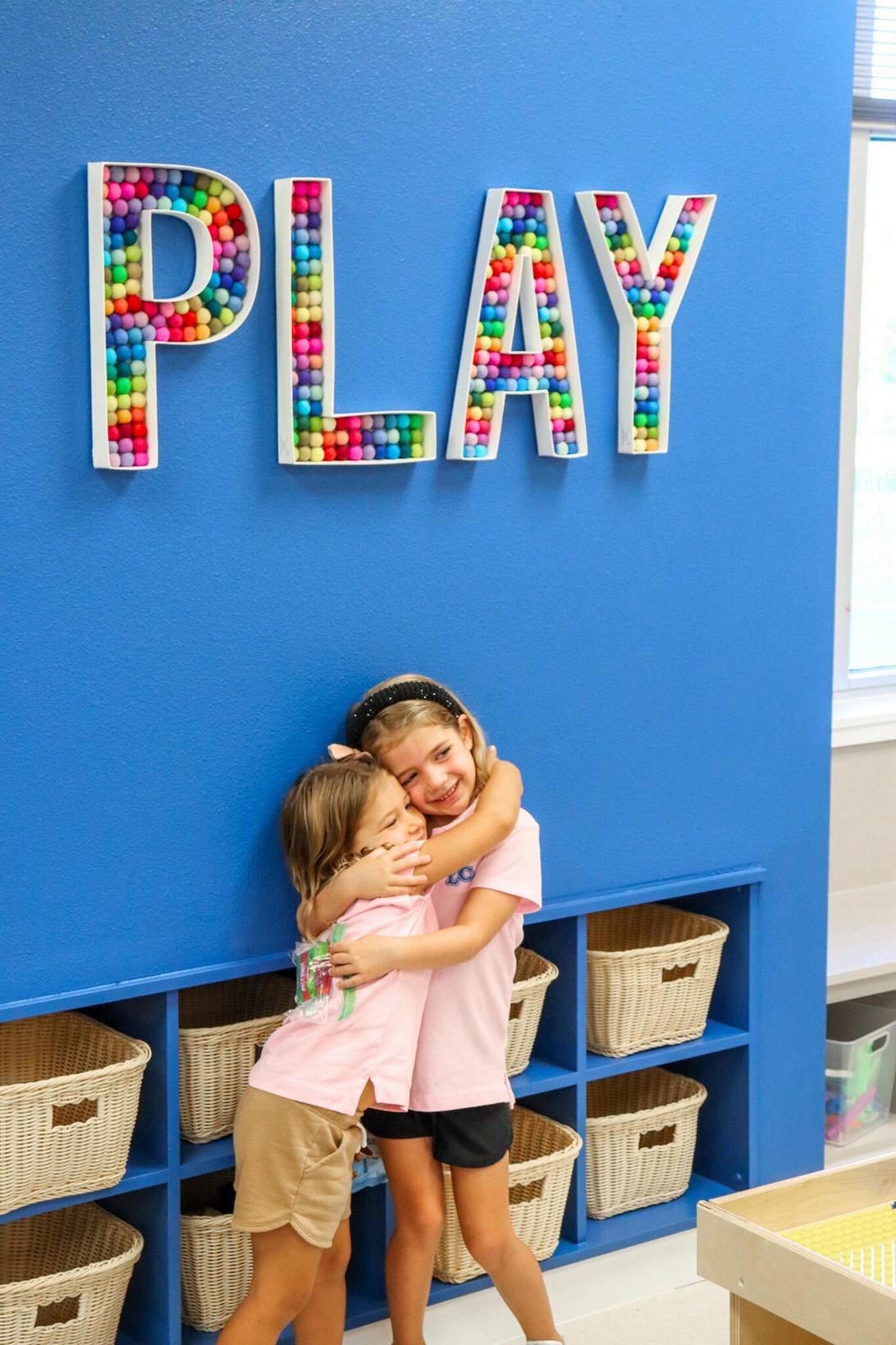
Ifyourchildisoftenthecenterofattention,they maydevelopahighrateofattention-seeking behavior,whichcanbechallengingtomanage nowandmuchmorechallenginglater Constantlyaffirmingeverymovecancreatea dependenceonexternalvalidation,similarto thedopaminerushchildrengetfromscreens. Tohelpchildrenbuildindependence,it’s importantnottoover-praisebuttoallowthem toengageindevelopmentallyappropriate activitiesontheirown.
Whenchildrenworkthroughchallenges,they gainconfidencebyrealizingthathardwork leadstosuccess Ifyourchildisfeeling overwhelmedorstressed,let'stalktoidentify thesource.Ourgoalistohelpthemreachtheir fullpotential,asGodhasdesignedthem.
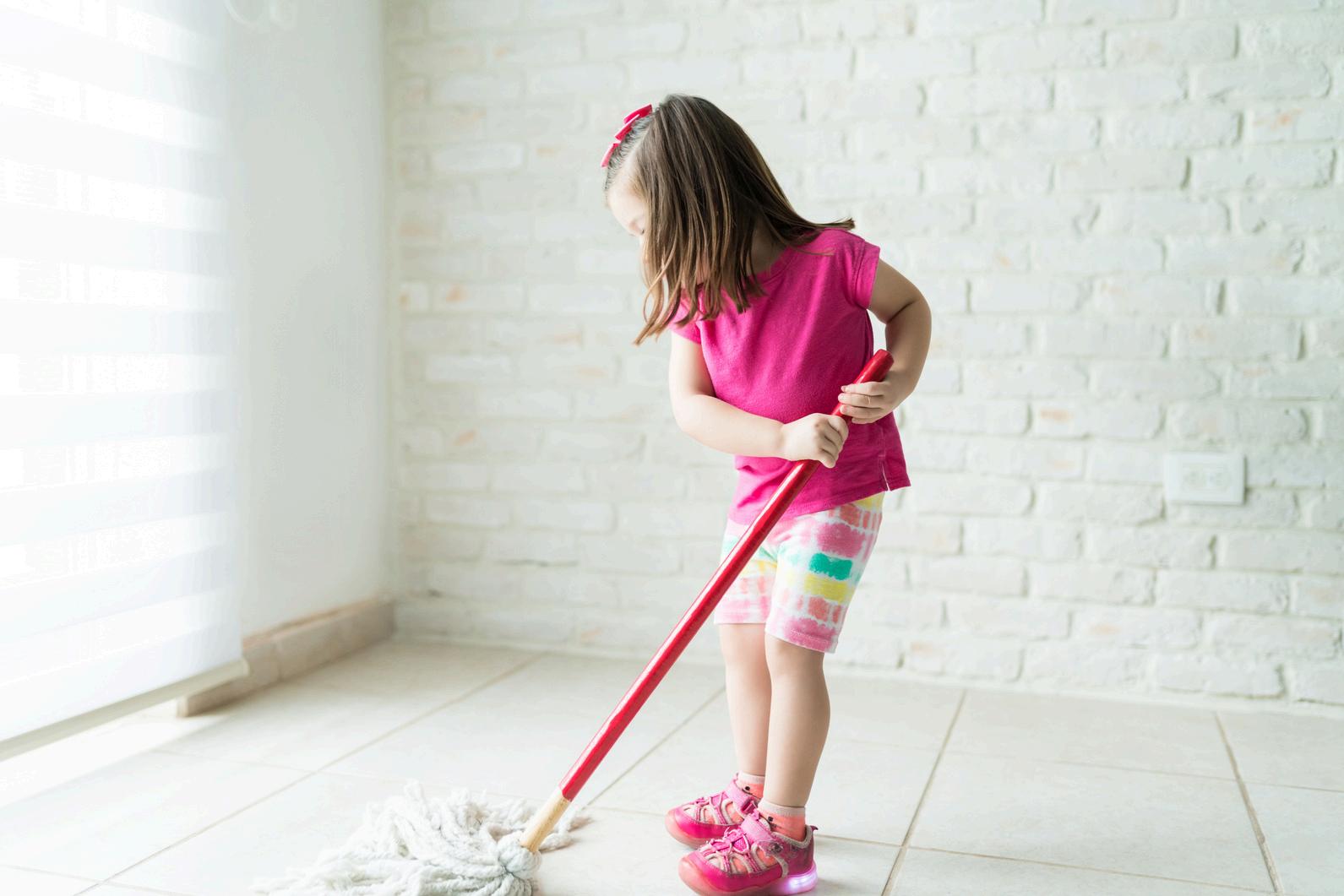
Assignatleastonesimplechore eachdaytobuildresponsibilityand independence:
Washingplasticdishes
Settingthetablewithnapkins andutensils
Countingplacematsorfiguring outhowmanymore/lessare needed
Unloadingtupperwareorplastic itemsfromthedishwasher
Matchingsocks
Foldingsmalltowelsor washcloths
Thesetasksteachchildrenvaluable lifeskillsandgivethemasenseof accomplishment.
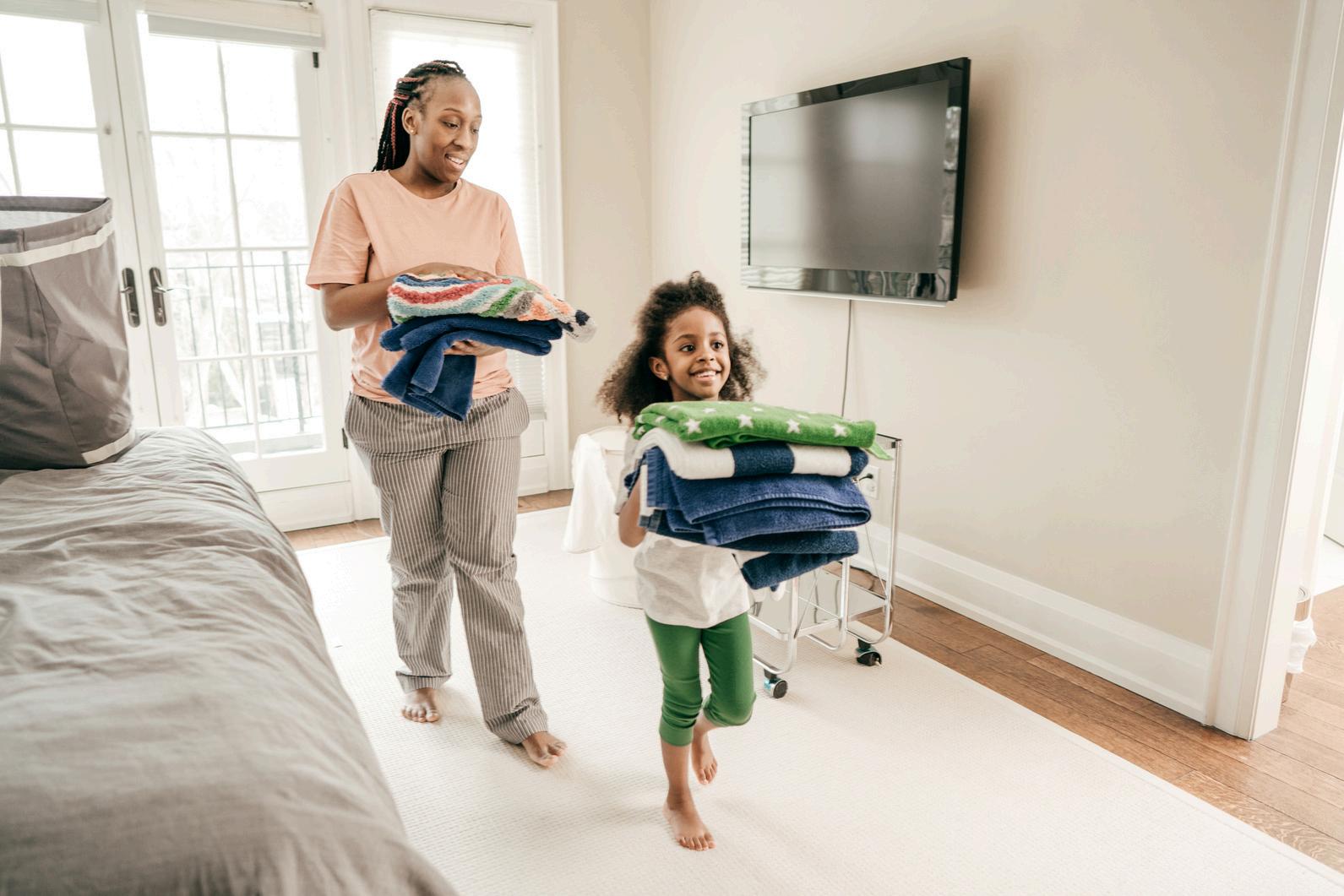
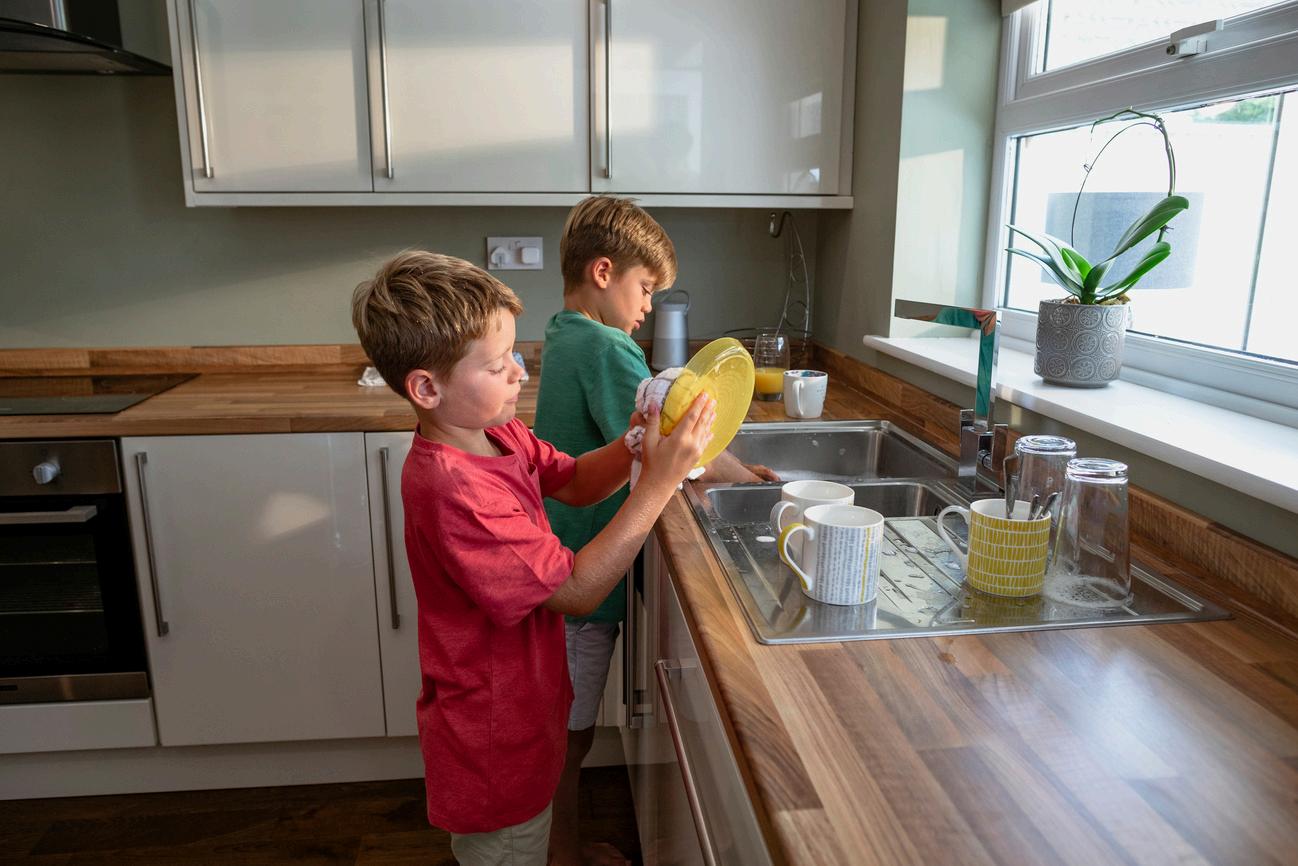
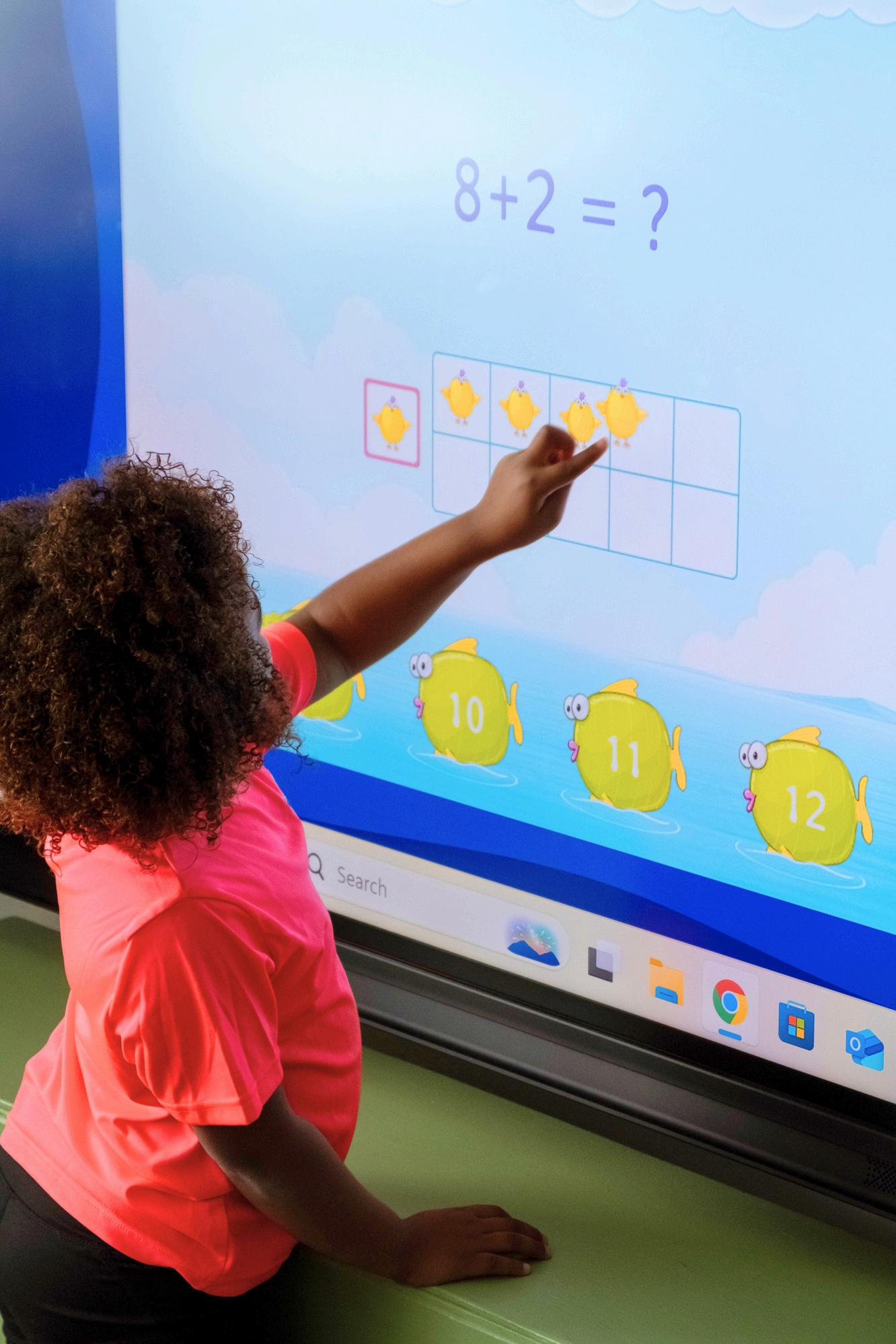
Encourage a positive attitude toward math (and other activities) by speaking positively about math. For example, even though I dreadedthedentistasachild,Ifocusedonthe good aspects to avoid passing my negativity on to my own kids. Count everything togetherdouble, add on, take away, divide or “share” things, ask a lot of questions to encourage simplemanipulationofnumbers.
Use the CPA (Concrete, Pictorial, Abstract) methodforteachingmath:
Concrete Stage: Use hands-on materials, like breadstick dough for building fractions orletters,tohelpchildrenphysicallyengage withtheconcept.
Pictorial Stage: Use pictures or demos to furtherexplaintheconcept
Abstract Stage: Move to written or typed problemsoncethey’reready.
Cooking is a fun way to teach sequencing and a variety of math skills. Let your child follow recipes, measure ingredients, and learn the steps. Provide pictures for younger children to guide them, and give them space to work independently whileyousupervise.
Singing songs together can encourage skip counting. The QR code below will take you to some songs that are great for teaching yourchildtocountby2's,3's,4's,and more!
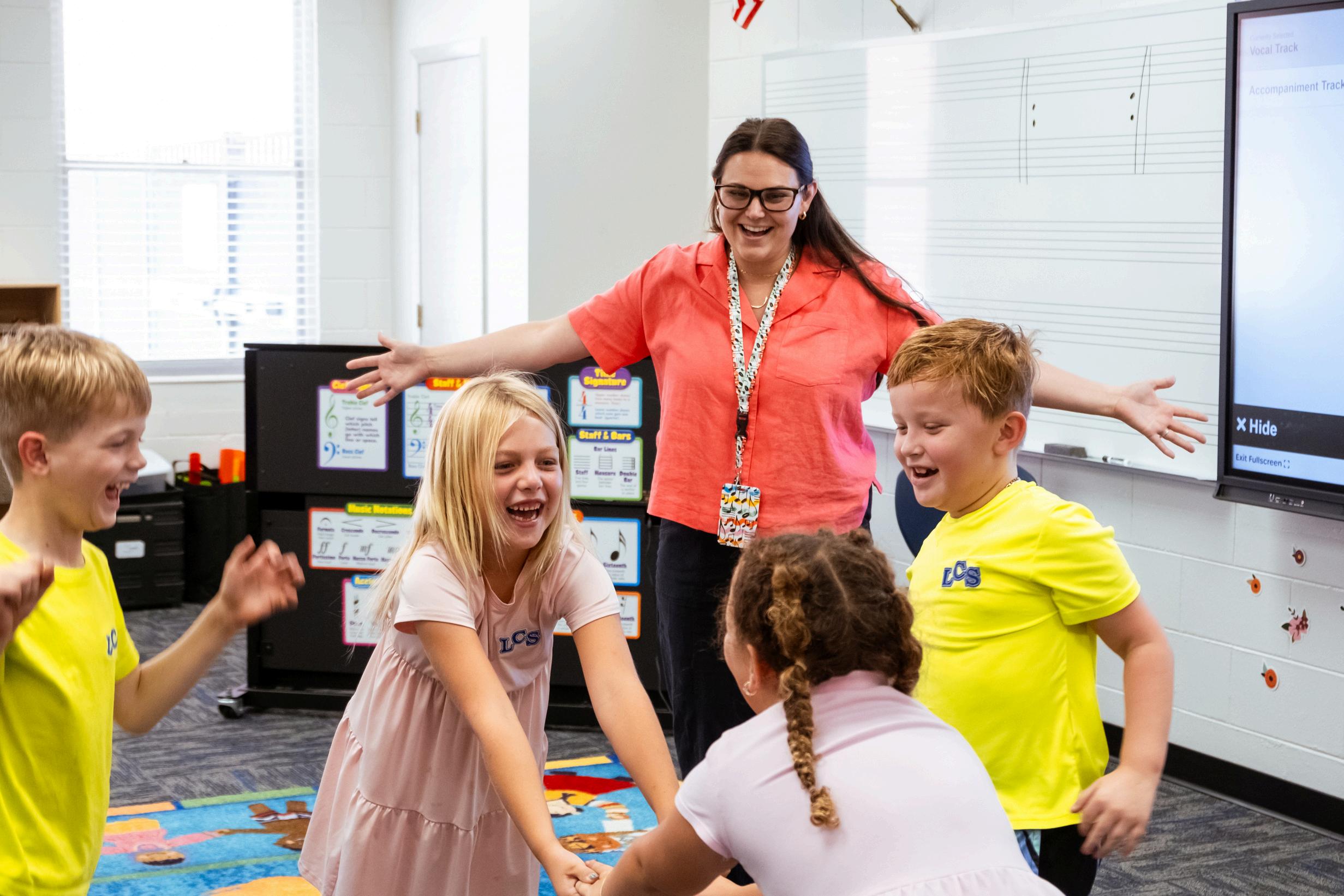
Gameslikedominoesandboardgameswithdicearegreatforhelpingchildrenvisualize numbersandunderstandtheirvalue.Forexample,canyourchildpicturethenumber“4” asfourdotsintheirmind?Gamesalsohelpchildrengraspadditionandsubtraction Ask questionslike,“Whatistenmorethansix?”or“Howmanywayscanyoumake7?”(6and 1, 4 and 3, etc.) Games like Candy Land, Go Fish, Uno, and Trouble are also fun and educational.
SidewalkChalkisafunwaytoexplainmathconceptsoutdoors
Dry Erase Boards can be easier for some kids than using paper and pencil You can hangoneonthewalloruseasmalloneontheirlap.
Cooking with your child is a great way to practice math, especially measuring ingredientsandcuttingitemsintofractions(e.g.,halves,quarters,eighths).Repetition helpschildrenunderstandfractionsbeforemovingontomorecomplexmath.
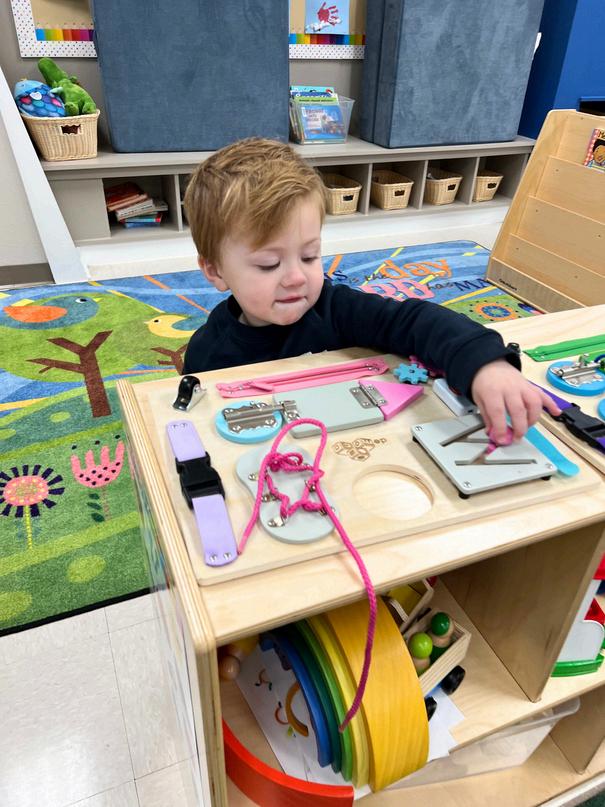
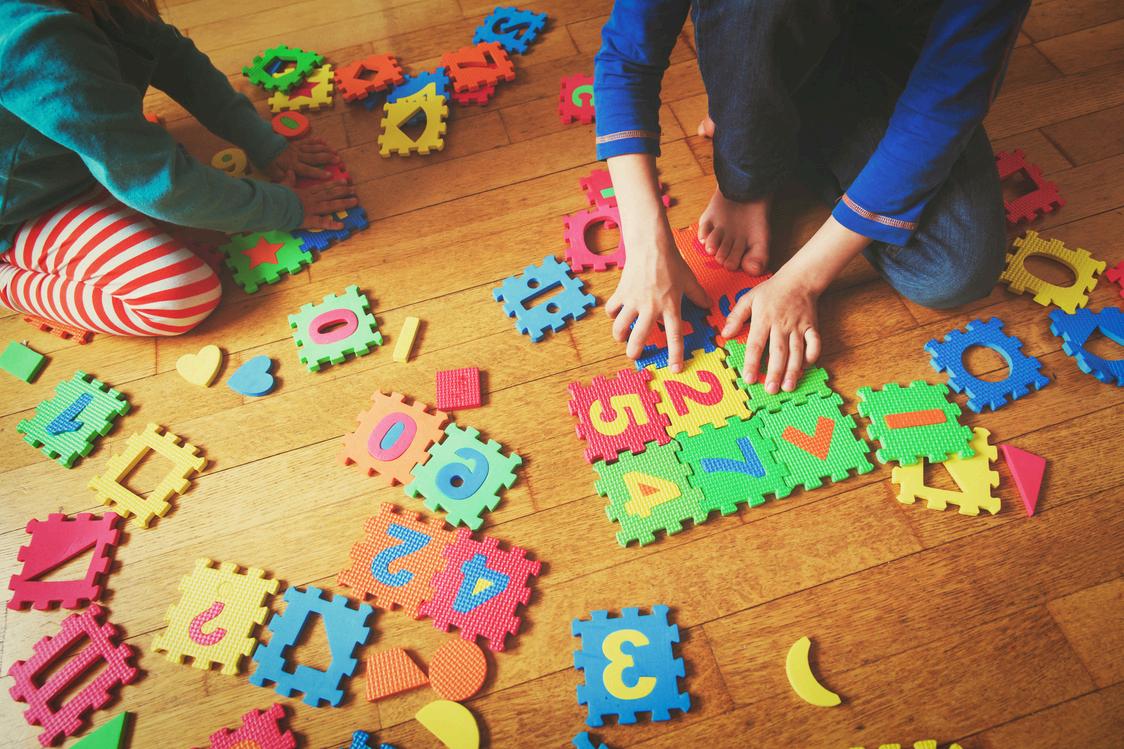
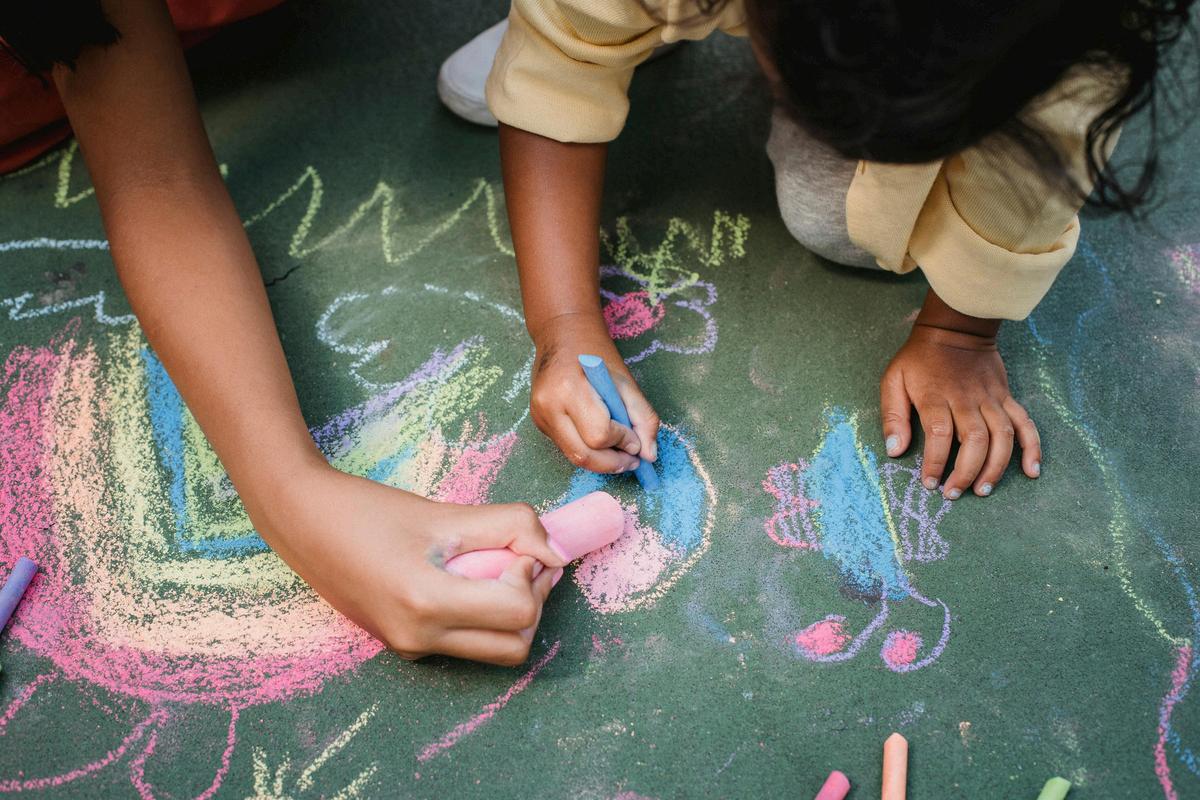

Asadults,weexpectchildrentofocus,butoften don’t teach them how. We’re great at telling them, “Focus on your work” or “Focus so you canfinish,”butdoweactuallyteachthemhow to focus? We teach children how to tie shoes, givehighfives,orgetinline,butfocusingneeds thesameintentionalpractice
If children practice activities like playing the piano,themoretheyinvestinit,thebetterthey become.Similarly,weneedtocarveouttimeto help children practice focusing. Without this, some children become so reliant on attention and so easily distracted that they struggle to functionindependently.
As parents, we are called to train our children well, to teach them to obey, respect, and liste attentively Focus, like other skills, tak intentionalpractice.
Reminder!
Remove all phones and Ipads as well as lim TV time to 30 minutes a day. Screen time ki attentionspan!
Most neuropsychologists agree that the following guidelines help us know if a child is moving in the right direction as far as developing and strengthening their ability to pay attention. We know that the type of activityandthechild’sinterestinthe activity will impact their attention spanaswell.
2yearsold:5minutes
3yearsold:7minutes
4yearsold:10minutes
5-6yearsold:15minutes
7–8yearsold:20minutes
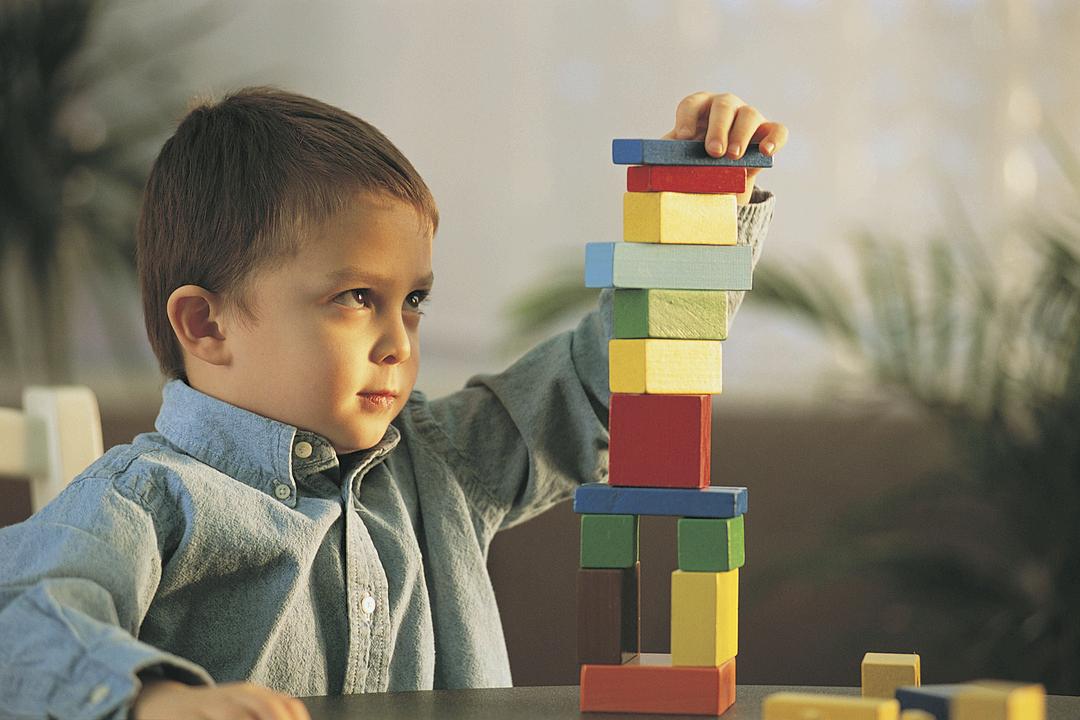
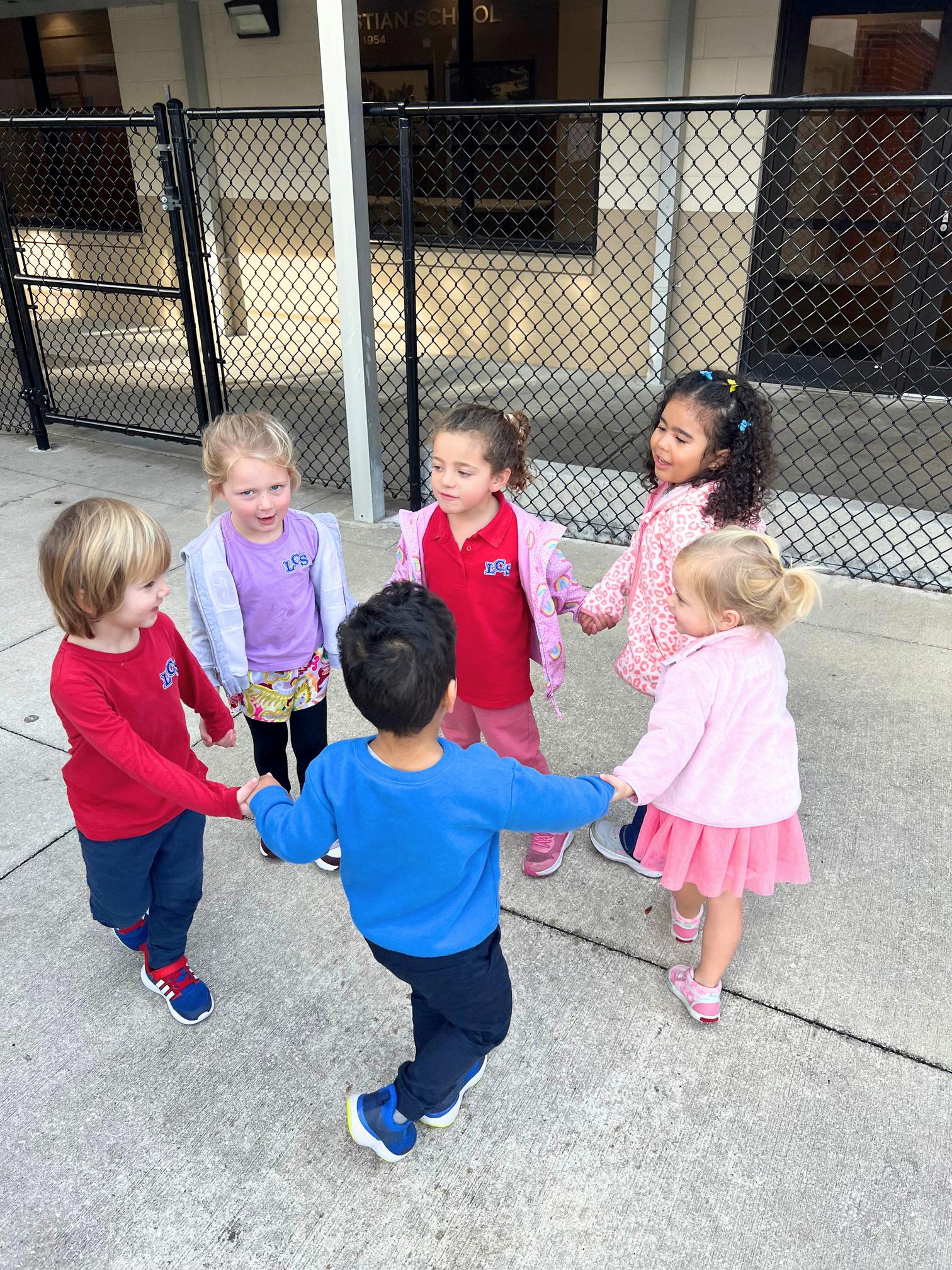
TheFocusGameisagreatwaytoteach childrenhowtofocusindependently.Italso requiressomeself-disciplinefromtheadult! WhenIpracticethiswithchildreninmyoffice,I forcemyselftoturnmybackonthemasIsitin achair,andfocusonsomethingelse,like checkingemails.IfIdon'tturnaway,I inadvertentlygivethechildattentionthrough myeyesorexpressions Weoftenthinkchildren needconstantpraiseorencouragement,but theydon't.
1.SetaTimer:Setagoalforhowlongyour childwillfocus startwith1-2minutes, dependingontheirage Useatimeronyour phone.
2.Adult'sRole:Whilethechildfocuses,you workonsomethingelse(reading,preparing dinner,etc.).Don'tofferattentionor guidancetothechild
3Child'sTask:Chooseanactivitythechild candoindependently(e.g.,coloring,writing, oratasktheyenjoy).Theymustfocusonit withoutyourhelp.
NoInterruptions:Bothyouand yourchildcannottalkorget eachother’sattentionuntilthe timergoesoff
StayFocused:Thechildmust workontheirtasktheentiretime. Startwithapreferredtaskthat theycancomplete independently.Oncetheycan focusfor10minutes,changetoa non-preferredtasktoseeifthey canfocusonthatforthesame amountoftime.
TimerGoesOff:Whenthetimer rings,thefocussessionisover. Celebratetheirsuccess!
Ifyourchildsucceeds,offerpraise, hugs,orhighfives.Then,gradually increasethetimeby30secondsto1 minute.
Ifyourchilddoesn’tmeetthegoal, that'sokay!Simplyadjustthetimeto somethingachievableorswitchtoa preferredtask.Iftheybreakarule, calmlystopthetimer,explainthe rulesagain,andrestartthegame

If you have older children at LCS and have to wait for the older child to dismiss, I en you to pick your youngest child up spend one on one time with them in talking to them about their day, readin together, playing with letters on the sheet, etc. I encourage you to hav activities in the car that do not in device Sticker books or mazes may b leave in the car Wiki sticks may be option for you as it is so much fun to b lettersorcreateanimals,etc.
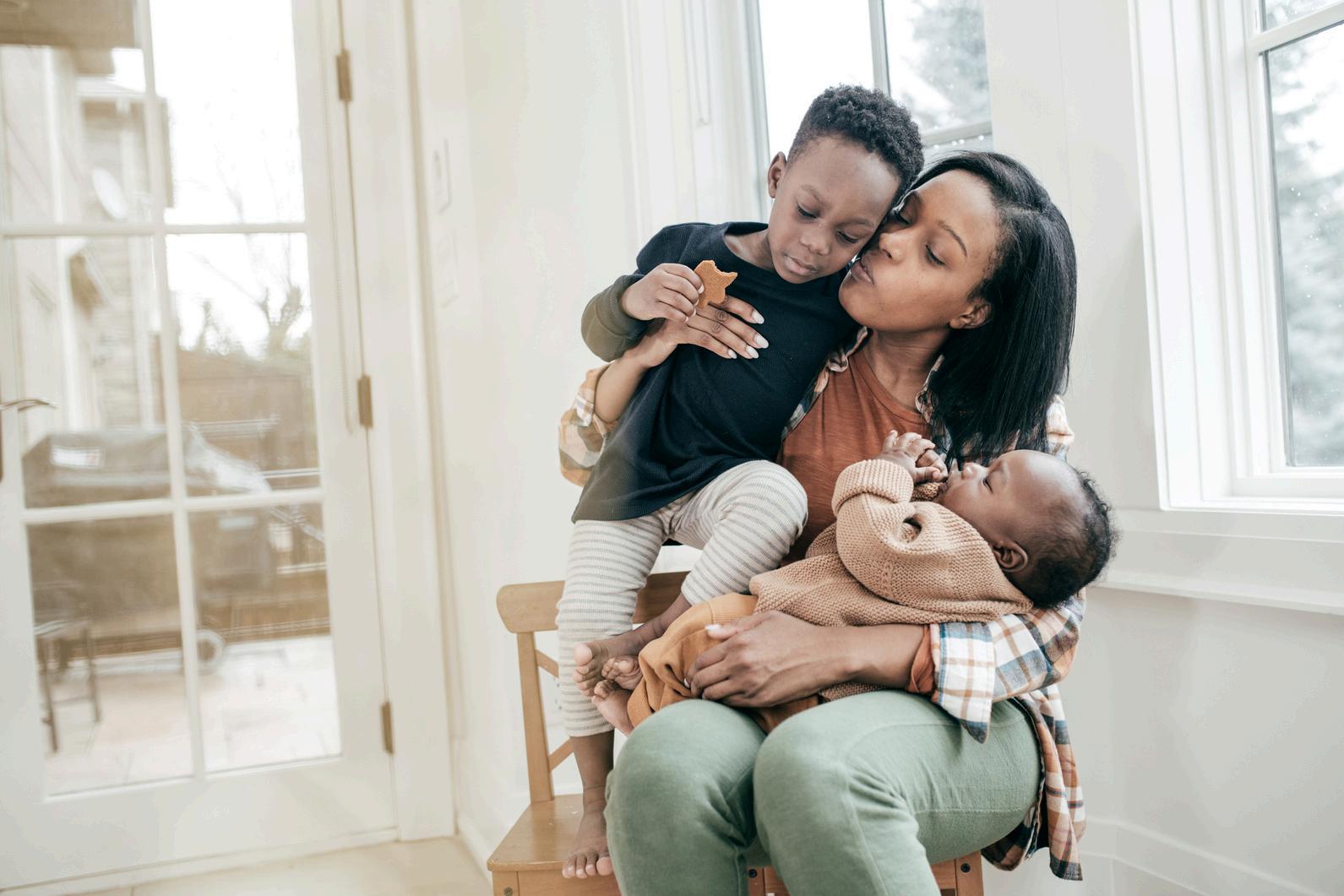
If you are talking or engaging with your child and then glance at your phone, you are sending a message to your child that you are too busy for them or there is something more importanttoyouthantheyare.Yourinteraction with them then becomes disjointed and less meaningful
Take advantage of time in the car with your children. This is a great time to discuss some topics that may be challenging. Since your child is facing forward, and is not expected to look you in the eye, they may open up more This is an opportunity to discuss tough events in your life, how the Lord used those for good, and how He guided you through the rough waters.

